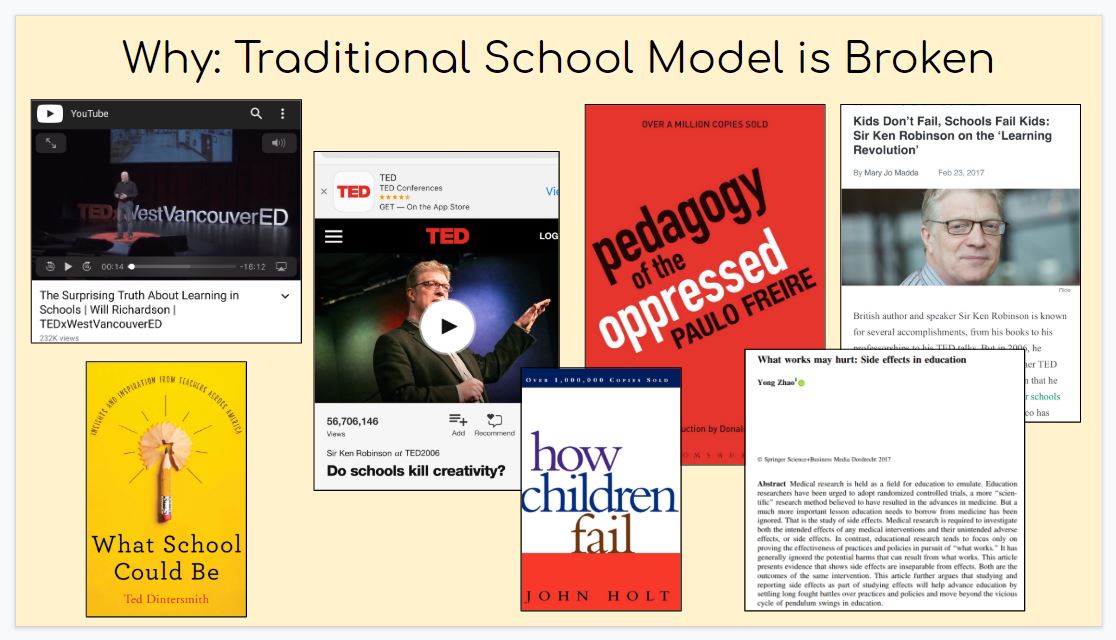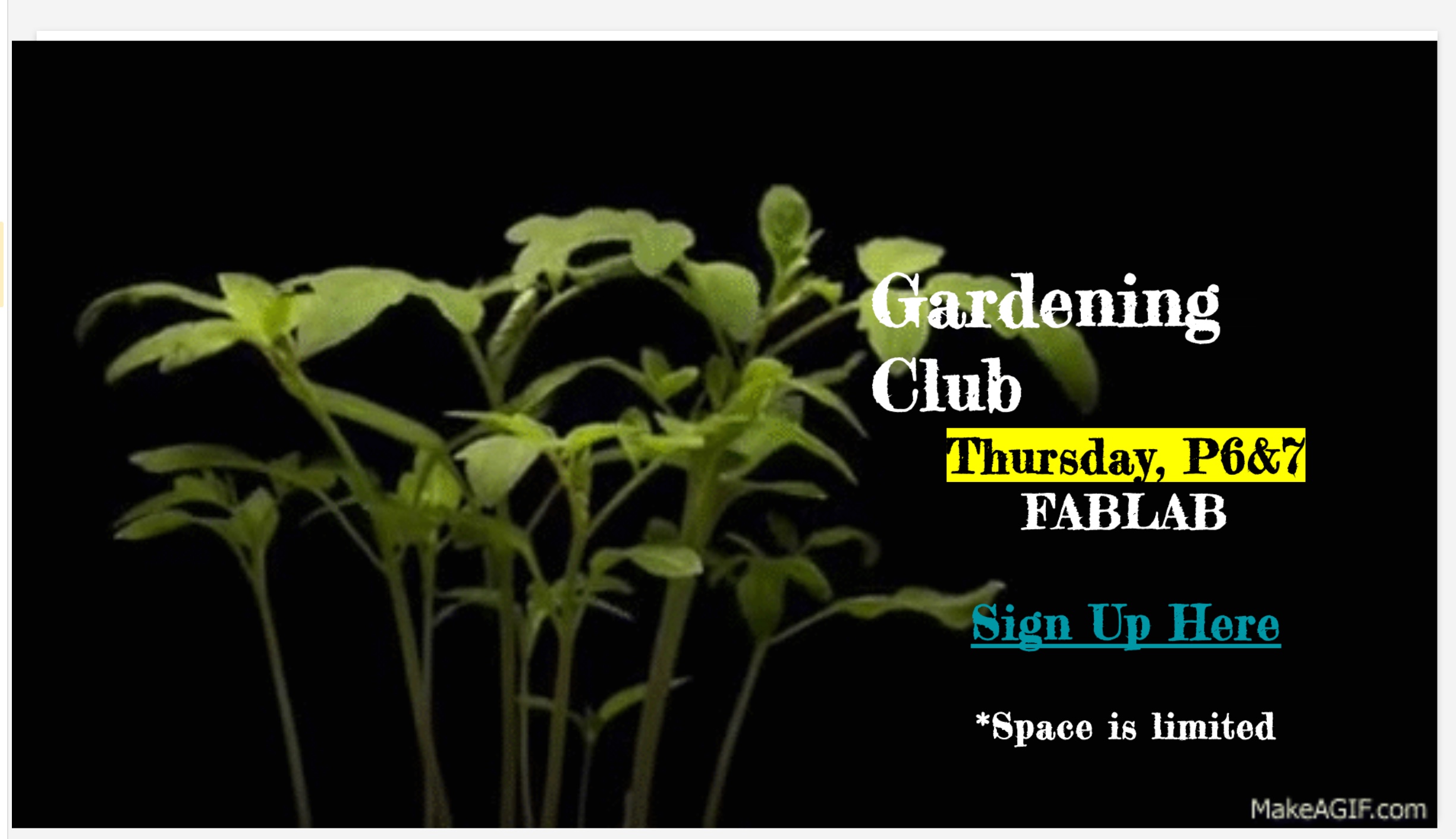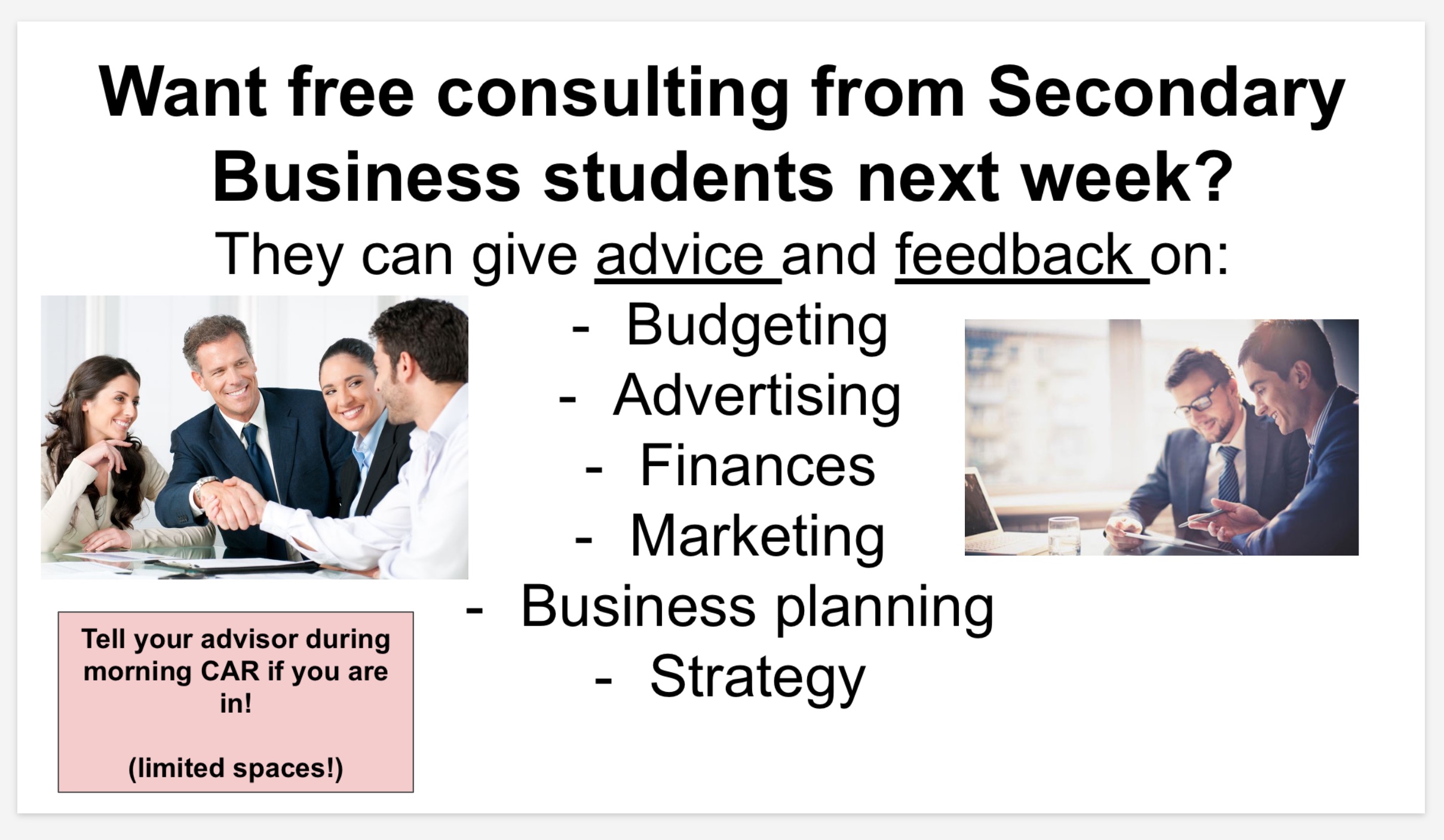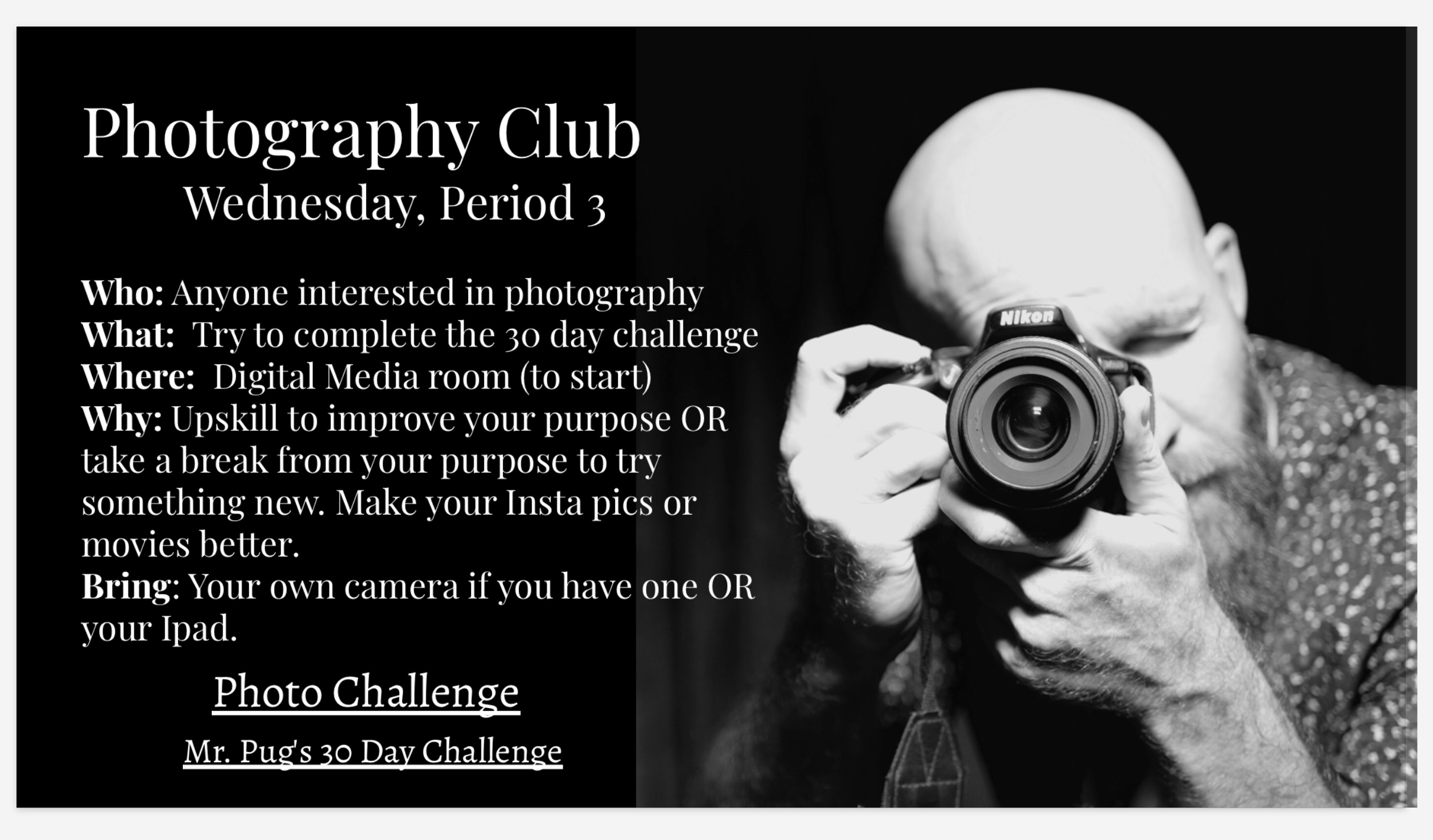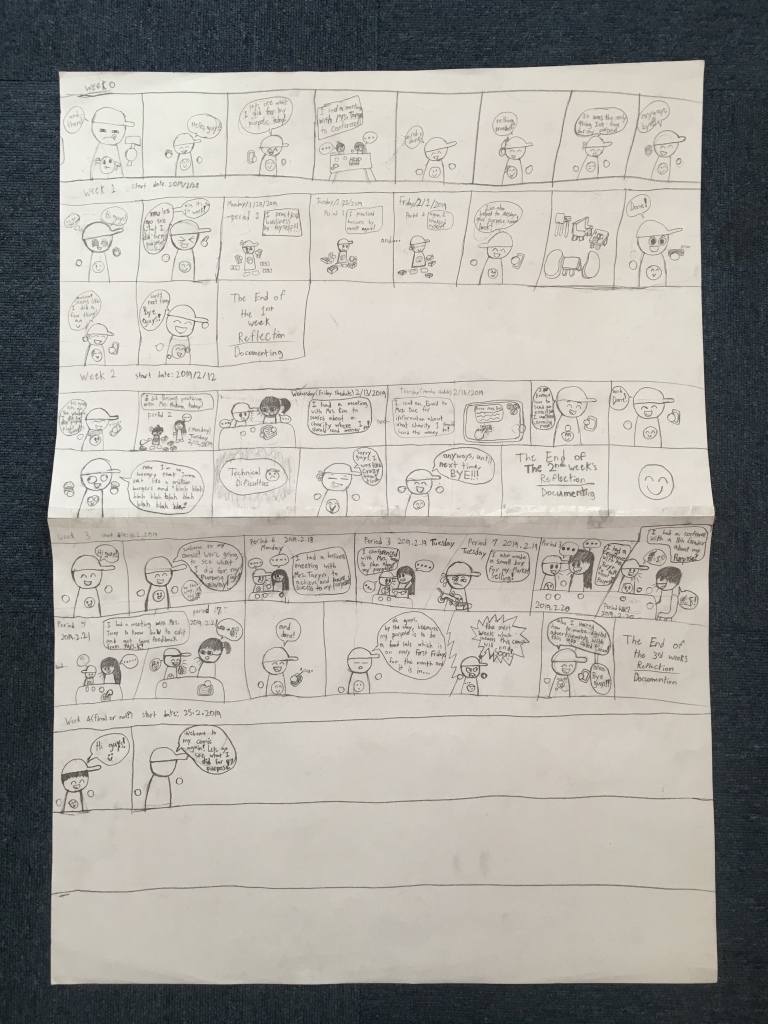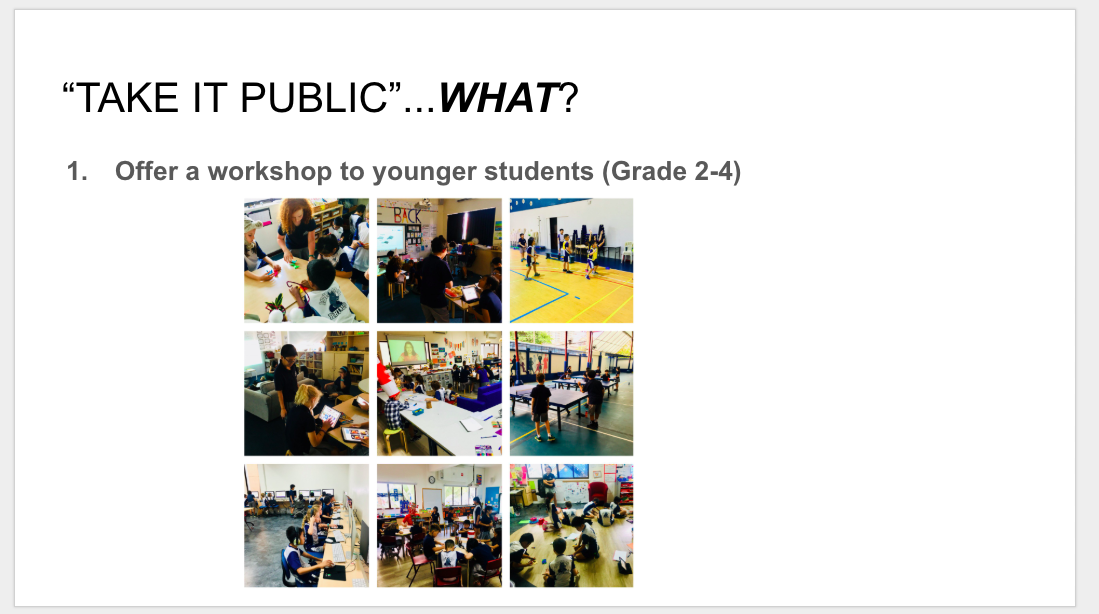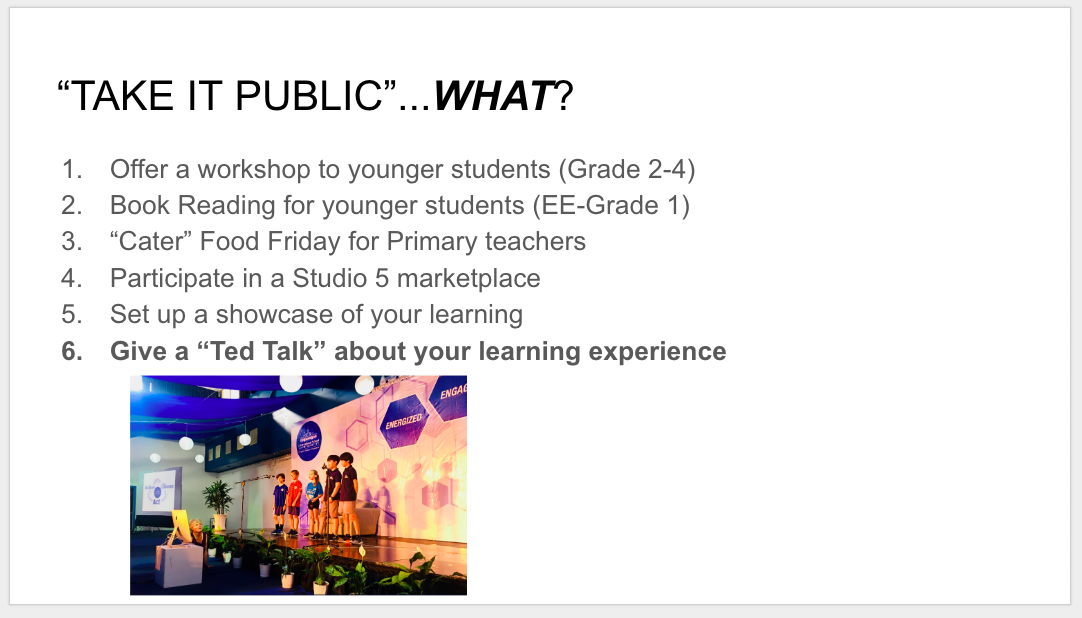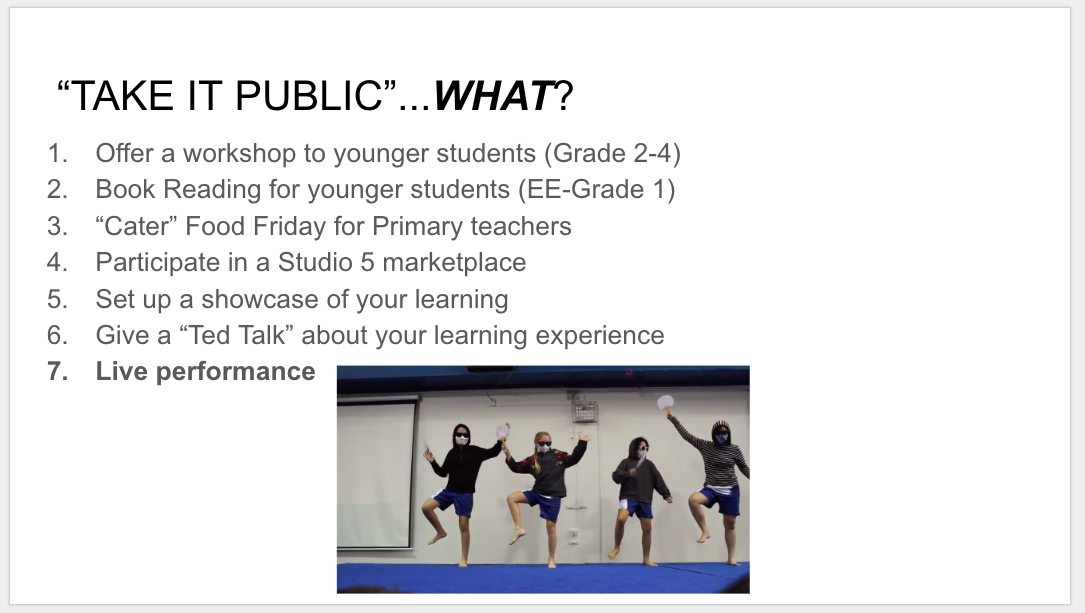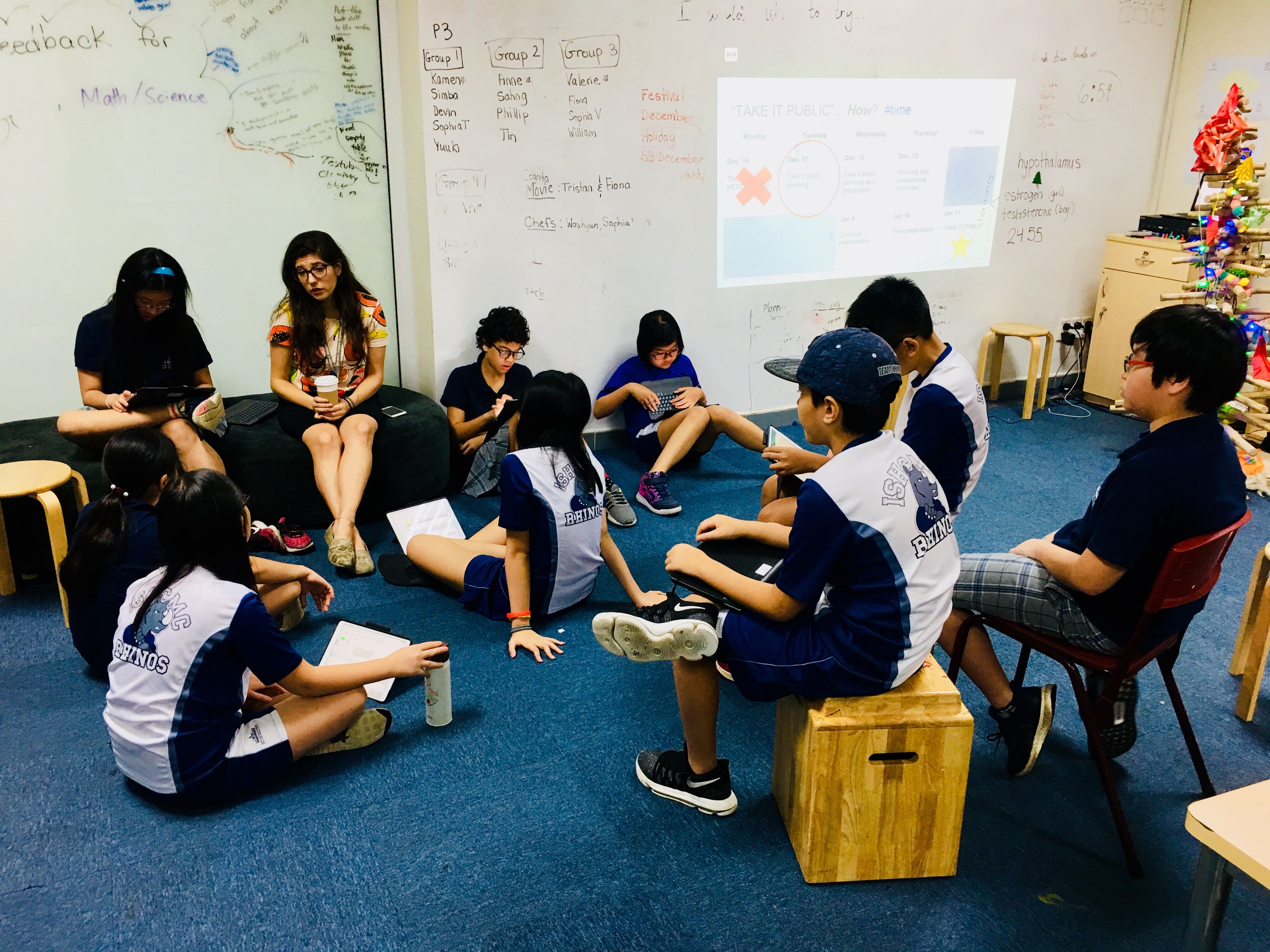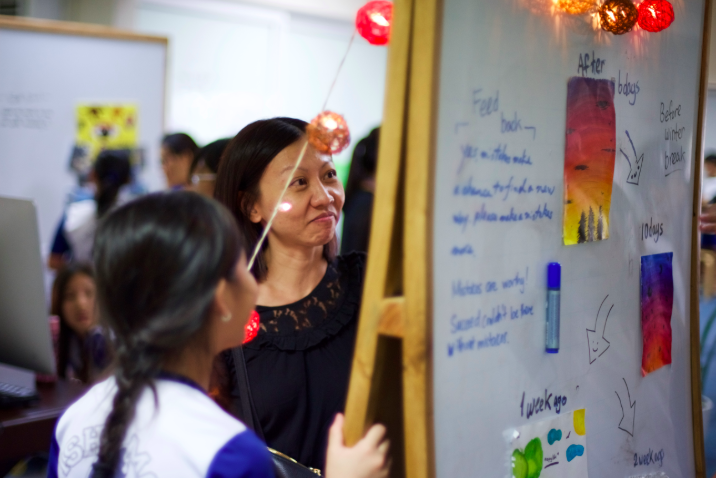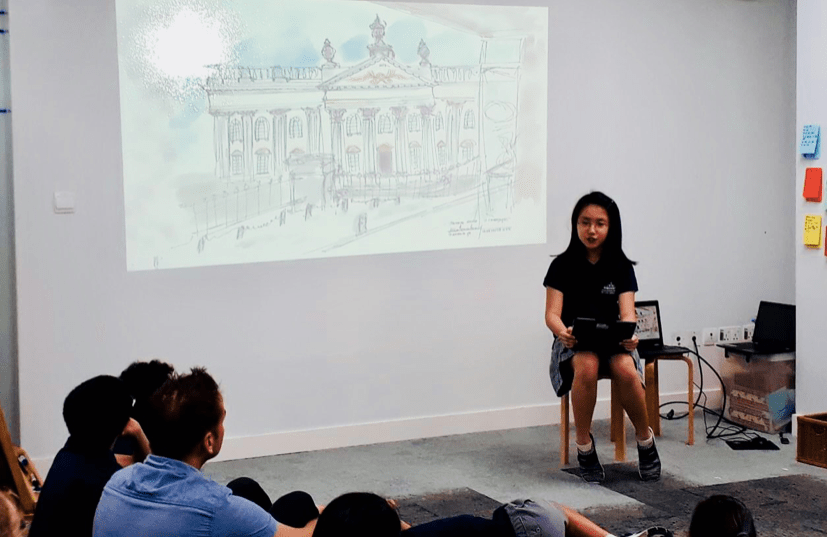On Friday, our amazing Primary School faculty supported learners from Grade 1 through Grade 5 to plan their own full, rich and balanced day of learning as part of something we have come to call “PIE”.
“PIE” is a home-grown innovation that stands for “Personalization, Intervention and Extension” and has been implemented school-wide, from Grade 1 through Grade 12. The implementation looks and feels different in the PYP, MYP and DP to allow for consideration such as of age of learners, divisional structures and programmatic differences. However we all share a common goal: empowering learners to understand themselves in order to make choices and take action within a supportive community as a way to continuously to grow and improve.
PIE is an initiative that grows out of our unique context. It is unlike other eduction innovations I have been part of at the other PYP schools at which I have worked – which is a good thing. One of the messages I try to give when I am consulting with PYP schools around the world is that innovations should be grown and not transplanted. And that is exactly what has happened with PIE.
PIE has grown out of:
- our understanding of the new IB Standards and Practices
- our school’s unique Mission and Core Values
- our community’s philosophy and understanding of curriculum
- our commitment to being a Professional Learning Community
- our working towards using the Response to Intervention approach
Considering these different ingredients – the different dimensions to our identity as a school – has led to an initiative that allows us to bring all of these elements together in divisionally-appropriate ways.
The Middle School and High School have been implementing this structure for a few years, and the Primary School was excited to roll it out to our younger learners as well. In the past, the Primary learners and faculty have engaged with the concepts of voice, choice, ownership, needs and wants as a learners as well as personalization in different ways, but we were excited this year to approach those concepts through a shared, school-wide structure.
We had a little bit of a curve-ball thrown at us when we found out school was starting online, but the teachers quickly pivoted the face-to-face implementation plan to allow for a soft-start while learners were still at home. As educators, we know there are specific skills, approaches and pedagogical moves needed to support learners to make choices for themselves that can be difficult to expect from parents or caregivers supporting their child with online learning. However, we still wanted to build the momentum of learners making choices for themselves, but in a way that we felt was more manageable while they were at home.
But once we had learners back on campus with us – we were ready to launch the full implementation plan!
Here is how it went:
PREPARING
Working with Faculty
Starting the year, we were ready with a fully developed implementation guide that was built the year prior and collaboratively fine tuned with the input of teachers across different grades and subject areas. Once we heard that campuses were closed, we adapted the implementation guide to a fully online context and from the start of the year were supporting teachers with this modified, online implementation plan.
Once we heard the government decree that campuses were allowed to be re-opened, we were ready to switch over to the face-to-face implementation guide and continue to take the next steps with the faculty of how this would work on campus. We prepared all the background documents into one Google Classroom post, and allocated a faculty meeting to go through all the systems, structures, tools and routines specific to being face-to-face.
We also made sure to create additional support opportunities for the teams and teachers who needed it.
Many teachers and teams took us up on these additional support offerings. During my weekly collaborative planning times with teams I was able to support them in small groups to figure out what made the most sense for the age and specific needs of their learners. Together we worked on developing ideas, tools, references materials and procedures to help our first “on campus PIE” be a success.
Keeping Parents in the Loop
Another ‘piece of the PIE’ was to ensure we were keeping our parent community in the loop. Up until this point we had shared a video overview of PIE with them close to the start of the year to help them understand the purpose of PIE.
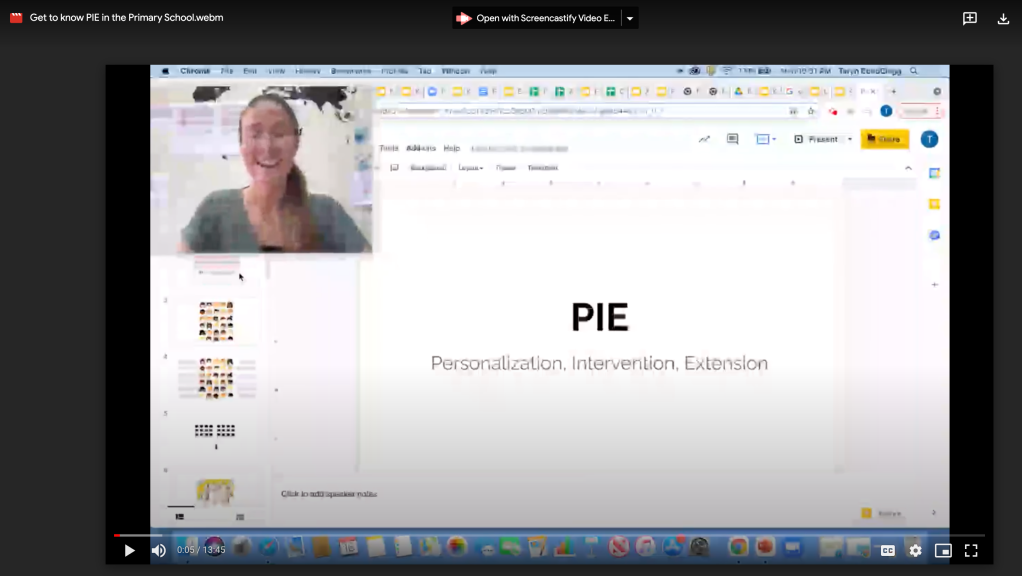
But now that we were coming back to campus it was a perfect opportunity to offer a live session to go into more detail. So myself, the Secondary School VP and our Director of Learning collaborated to put together an optional evening session for the parents.
We started all together with our Director of Learning sharing the “why” behind PIE – explicitly showing the connection to the IB Standards and Practices, our Mission statement and Core Values as a school, and the links with being a PLC and RTI school. He also offered some broad strokes to help illustrate for parents how PIE works.
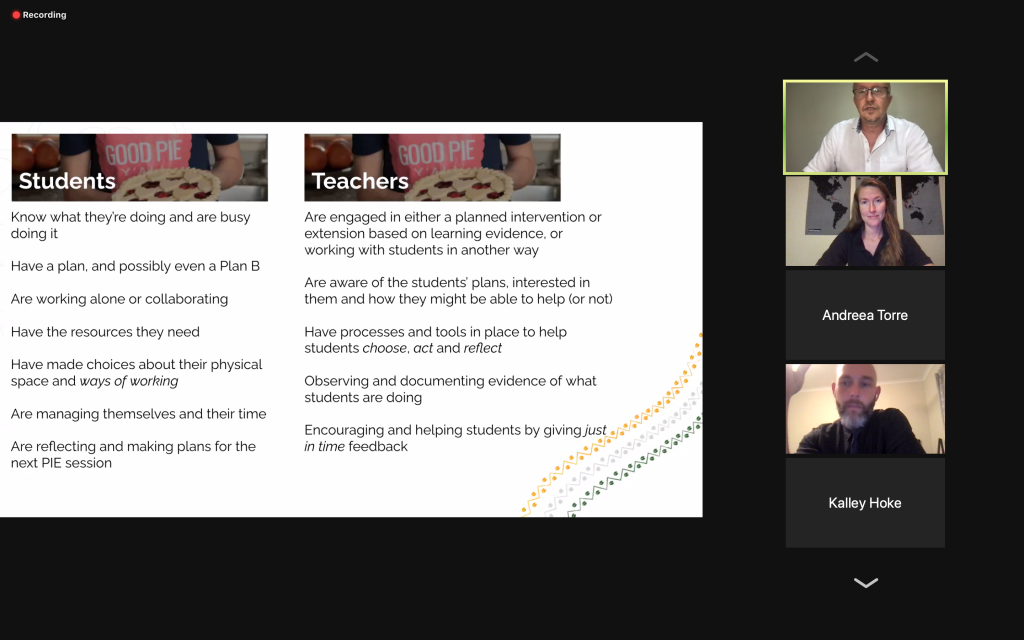
Then we split up into breakout rooms to dive a little deeper into how it works in each division. I was able to work with a small group of Primary School parents and share more details about how PIE works and what it might look like for their child.
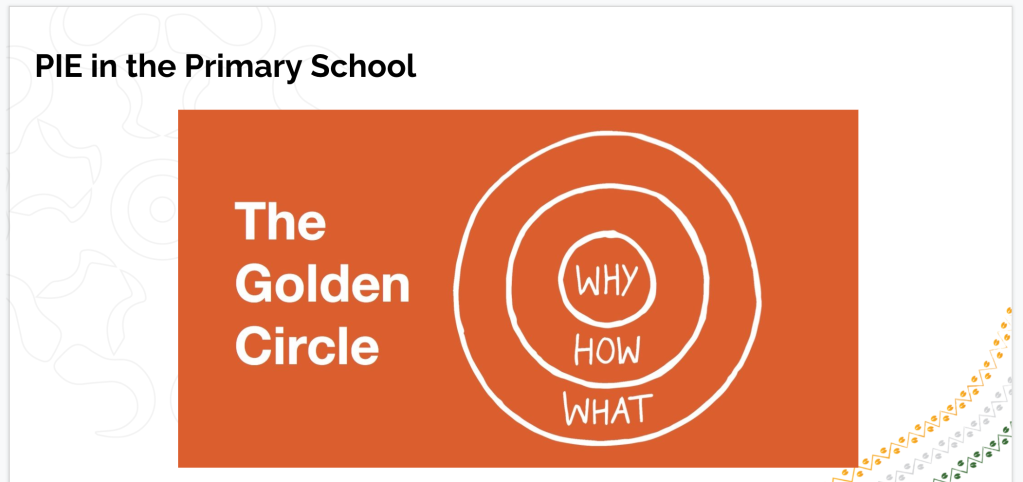
It was a small group, but an engaged and passionate one, who asked lots of great questions to deepen their understanding of PIE.
When it comes to supporting parents, we also worked with the faculty to help them understand how their communication with parents is essential in order to bring them onboard. We shared some professional resources to give them some ideas how to do this, and will continue to work with them to help them see the power of not only keeping parents in the loop, but also empowering them to understand the role they can play at home.
Then it was time to launch with the kids! 🎉
THE LAUNCH
The structural backbone of our PIE initiative is the PYP action cycle – CHOOSE, ACT, REFLECT. We not only wanted to harness this model, but also explore it with learners. We want to be very intentional to not tell learners to choose, act and reflect, but instead to teach them how to choose, act and reflect.
Choosing
Teams worked collaboratively to plan systems, structures, tools and supports that were age appropriate for their learners. Many teams explored the concepts of ‘needs’, ‘wants, ‘balance’ and ‘prioritization’ as teaching-points in preparation for the choices their students were going to make.
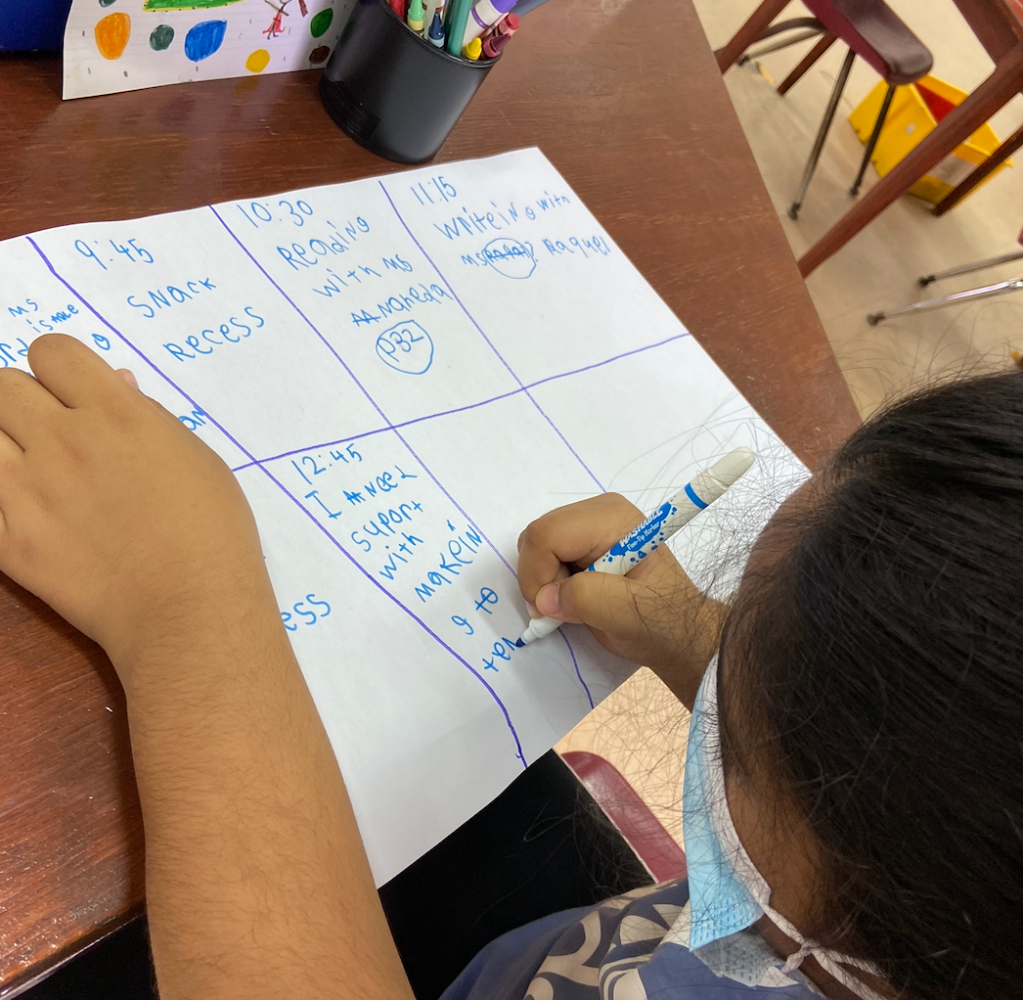
We had an all-hands-on-deck approach, which allowed us to present the learners with lots of adult-led learning experiences throughout the day, that were supported by:
- homeroom teachers and TAs
- single-subject teachers and TAs
- integrationists for ICT, library and PSPE
- Support services team – EAL and Learning Support teachers
This flexible and creative use of time, space and faculty allowed us to harness 33 educators to support 138 learners!!!
Teachers also created different tools, based on the ages and skills of their learners to help them document the choices they made.
We saw lots of drawing and labeling in the younger grades.
And the integration of digital tools in the older grades.
When it came to support for learners during the ‘choose’ block there was whole-group instruction, guided groups and one-on-one support to help them understand how to make the best choices for themselves.
And, of course, lots and lots and LOTS of conferencing! Both peer-to-peer, and teacher-to-learner.
Questions I heard during these conferences:
- What did you choose? Why did you choose it?
- How did you know those choices were right for you?
- Do you feel your day is balanced? How do you know?
- Which of your choices are ‘needs’ and which are ‘wants’?
- Are you sure your choices address your priorities? How do you know?
The conferences really provided an opportunity for partnership. A chance for the teachers to understand the perspectives of the learners, but also a chance to share their professional expertise with the learners about needs and priorities. This shared decision-making is an essential part of ensuring learners are making informed choices about their learning.
After learners made their initial choices, conferenced with peers and teachers, refined and improved their choices, they were ready to sign-up for any of the adult-led learning opportunities.
Many of the grade-levels also displayed the sign-ups within their learning environments.
Once the plans were finalized… it was time to act!
Acting
As soon as the clock struck nine there was buzz across the Primary campus! Learners were literally running to their first block! As learners were acting on their choices it was amazing to see all the different learning opportunities made available for learners, from all the different educators within the Primary Faculty.
There was support for learners with their Units of Inquiry for catching up, going further and taking action connected to all three Lines of Inquiry:
Inquiry into our learning environments
Inquiry into our learning communities
Inquiry into myself as a learner
As well as support for ATL skills, like research and self-management
There was support for math, in the forms of:
Additional instruction
Guided groups
One on one support
Opportunities for extension and challenge
There were opportunities to grow language and literacy skills, in the forms of:
First language and additional language support
Support with phonics, spelling, letter formation, rhyming, fine motor skills and vocabulary
Read alouds
Author Studies
Storytelling
Independent Reading and Writing
Reading and Writing Conferences
There were also opportunities for interventions and extensions with our specialist subjects like Visual Arts, Performing Arts and PE
There were opportunities for personalization:
Support with starting a personal inquiry
Time to pursue personal interests like coding or building
Throughout the day, there was lots of support with how to act on your choices. Teachers helped learners build the skills of referencing schedules, referring to plans, and keeping track of what they’d done so far
Reflecting
Teams also worked collaboratively to plan how best to teach learners to reflect on their day. Similar to the ‘choose’ block, teachers made informed choices based on the age and skills of learners to create tools and routines for the reflection block as well.
Learners expressed themselves through writing, drawing and speaking to reflect on prompts provided by teachers. These prompts helped them to think deeply about the choices they made and the impact those choices had on their learning.
The educators supported learners with mini-lessons about the skill of reflecting as well as lots and lots and LOTS of conferences!
Questions I heard during these conferences:
- How did your choices go? Which ones made the biggest impact on your learning?
- How did you do following your choices? What makes you say that?
- What did you learn about yourself as a learner?
- What might you do differently next PIE?
There were also some cool opportunities for learners to participate in reflecting on PIE as a whole, beyond their own individual learning. One team used a ‘plus/delta’ protocol to invite the learners to offer feedback about what worked and what needs to be changed and improved for next time.
Another team also took this opportunity to create a “PIE Learning Story” to share with families. They documented and explained how the day worked to help parents better understand how their child experienced ‘personalization, interventions and extensions’. They posted it on their bulletin board and shared it with their families via Seesaw.
NEXT STEPS
Teachers Next Steps
As we are learners first and foremost ourselves, it is essential that we build the habits on ongoing reflection. Teachers were given some reflective questions to help them analyze what was revealed throughout the day, and how they can use those observations and evidence next week to respond to learners.

My Next Steps
Just as the teachers analyze and respond to evidence from their learners… I also must analyze and respond to the evidence from my learners, aka the faculty! I will take some time to sift through my observations and reflections from the day and strategically support individuals and teams with suggestions, scaffolds, tools and coaching to help them continue to grow in their implementation of PIE.
I was also provoked by our Grade 1 team creating a ‘Learning Story’ about PIE for their grade-level parents community and I would love to do the same for our Primary-wide parent community. I think the ‘show and tell’ aspect of a learning story can contribute to parents’ ongoing understanding and of our PIE initiative.
Our Collective Next Steps
Together, we will reflect and work towards identifying and ‘de-bugging’ any logistical or structural glitches that impeded student learning.

At the moment we have collectively identified a handful of issues and are already working collaboratively to address them before next week.
Overall, it was an AMAZING day of learning. There was a buzz in the air. Learners were energized, engaged and empowered. The conversations with learners about their choices were rich, reflective and grounded in a strong sense of who they are as learners – aware of what they need and want and are interested in. At the end of the day there was a palpable sense of pride, confidence, accomplishment and celebration – from the learners and the faculty!
I look forward to continuing to partner with this amazing faculty over the course of the year, through multiple cycles of action research, as we continually choose-act-reflect towards our shared goal of: empowering learners to understand themselves in order to make choices and take action within a supportive community as a way to continuously to grow and improve. .

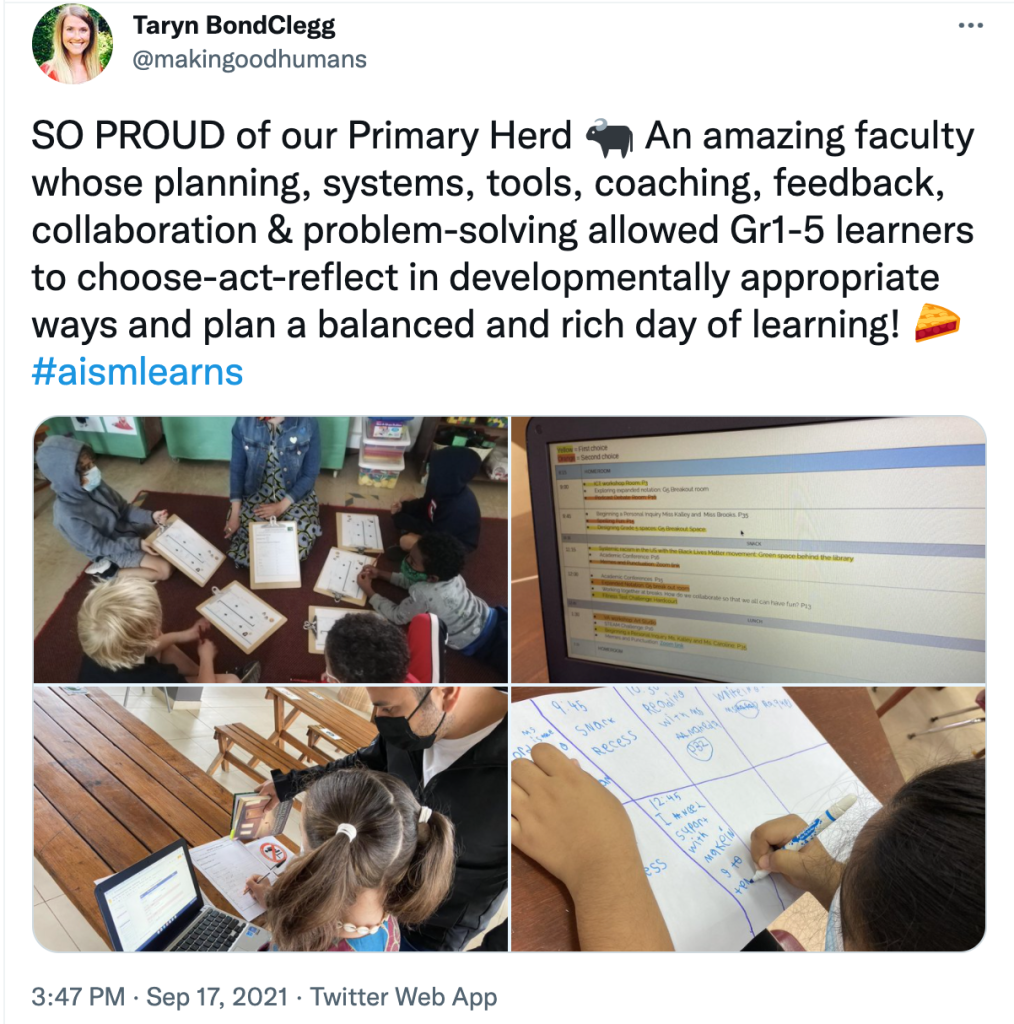
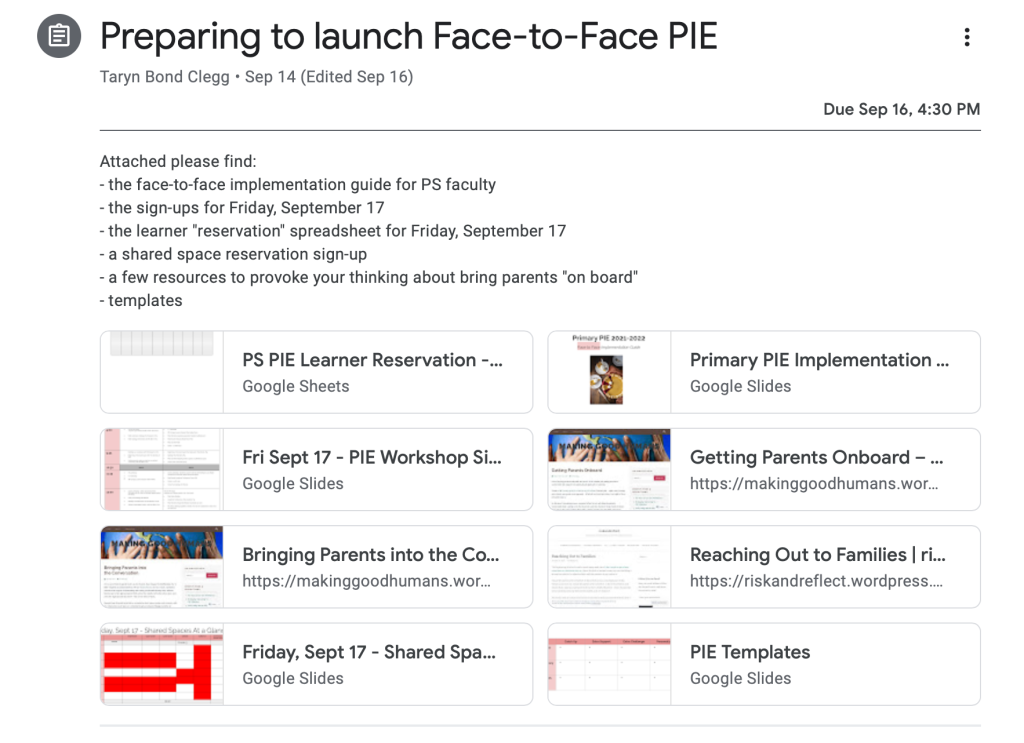



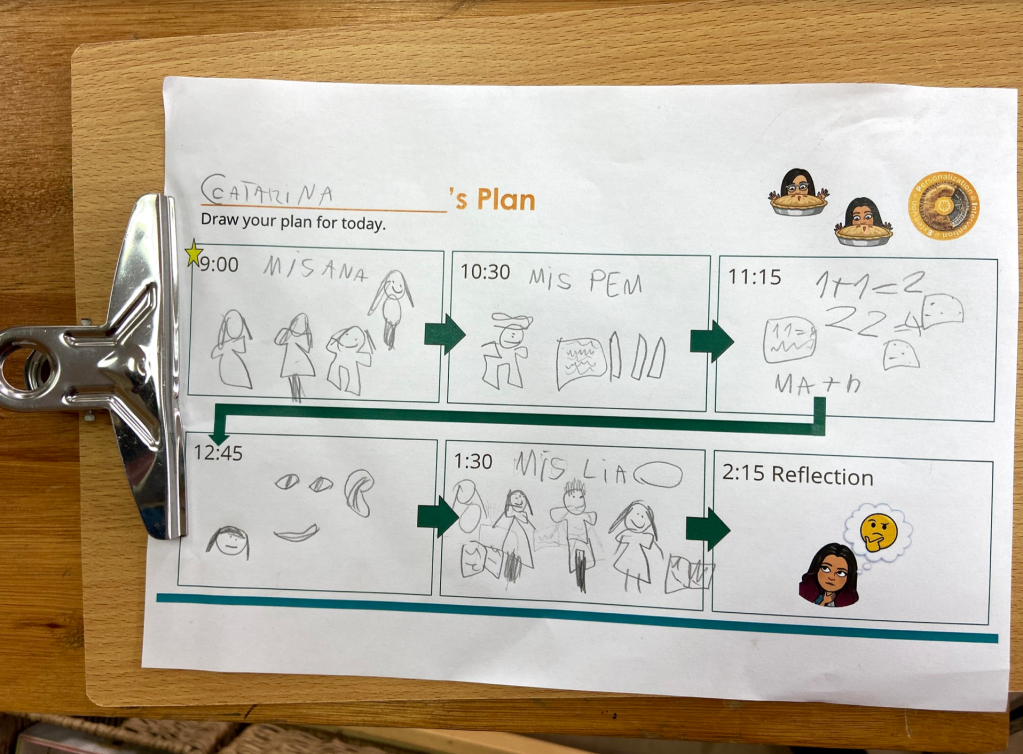
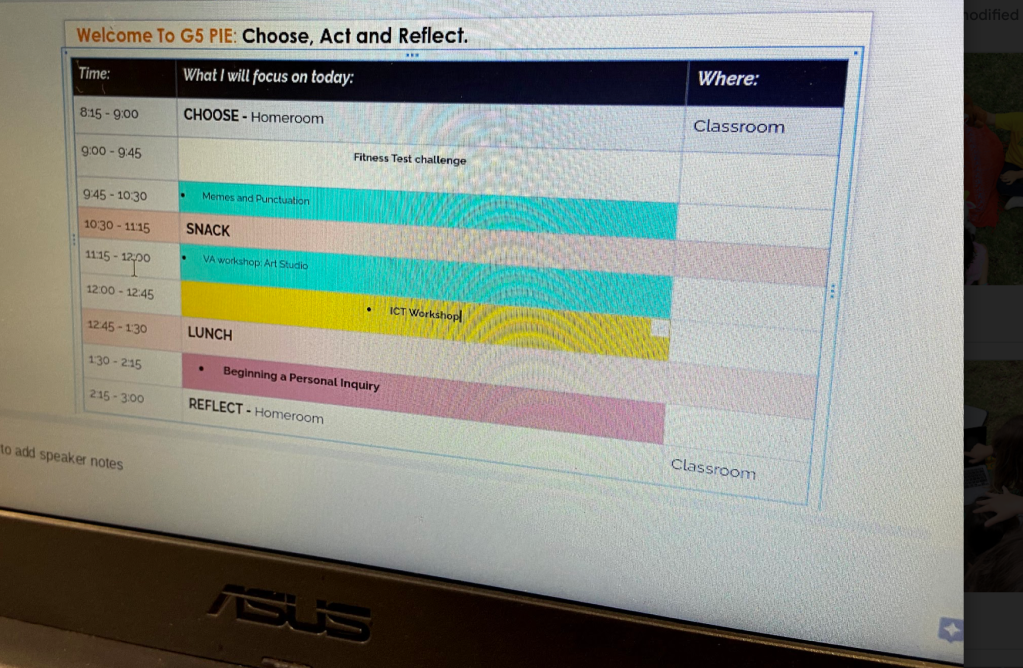
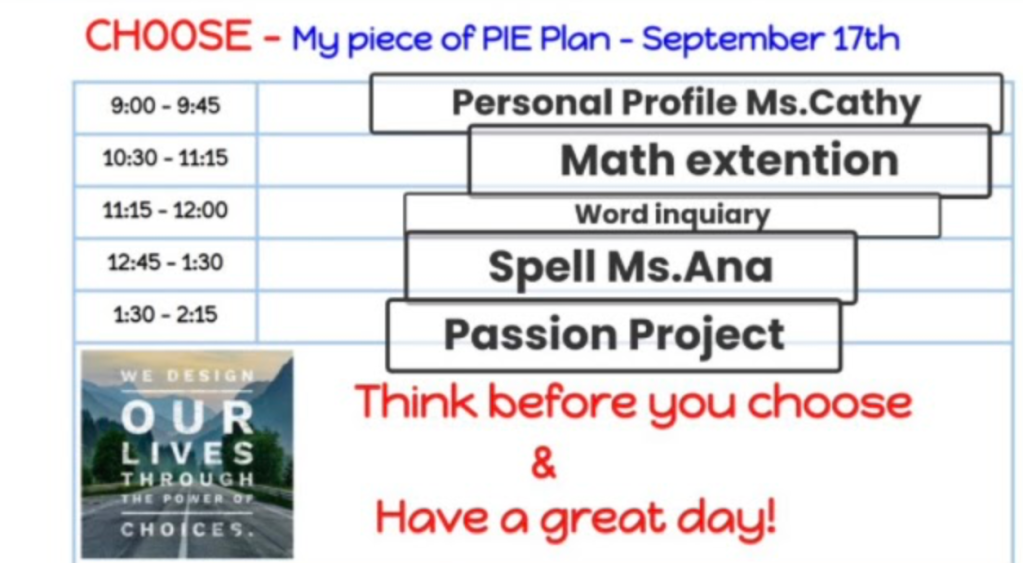



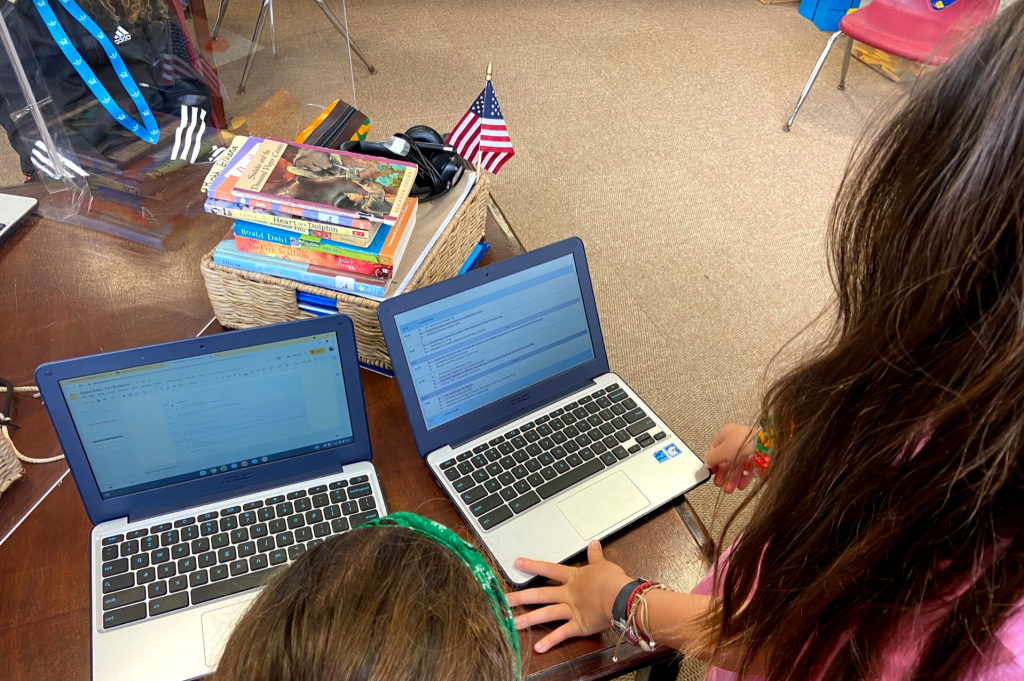











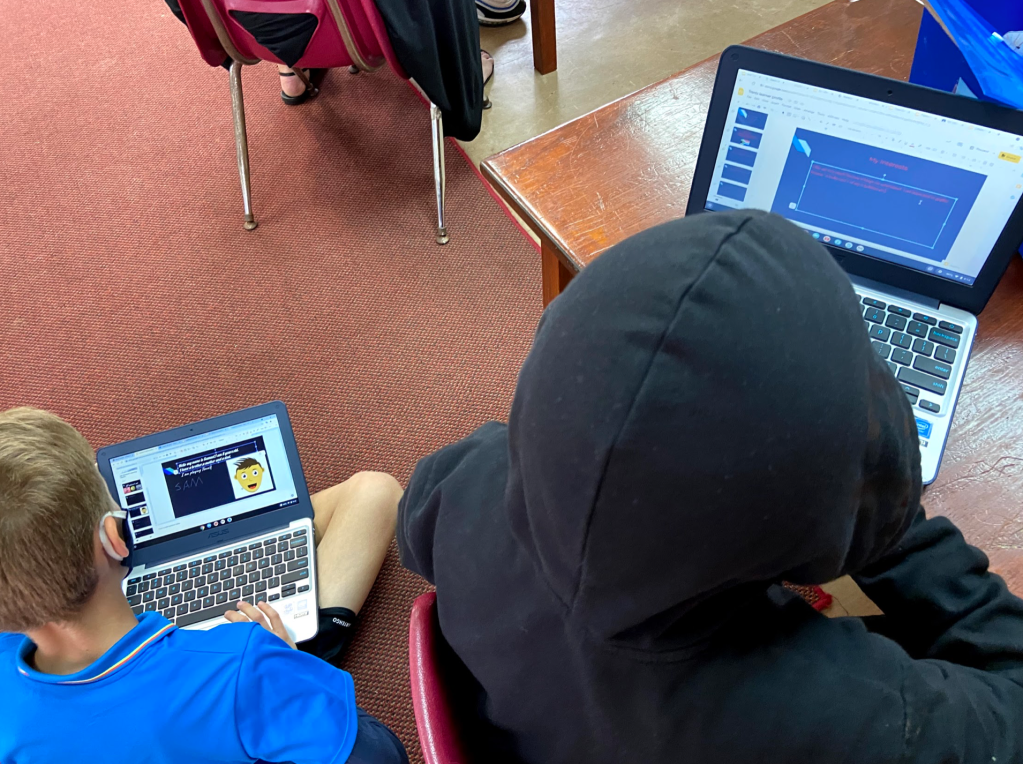










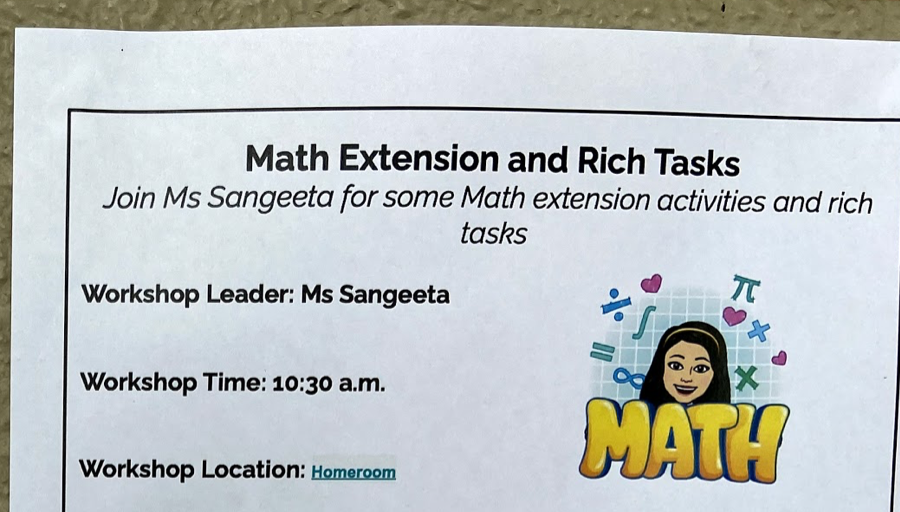






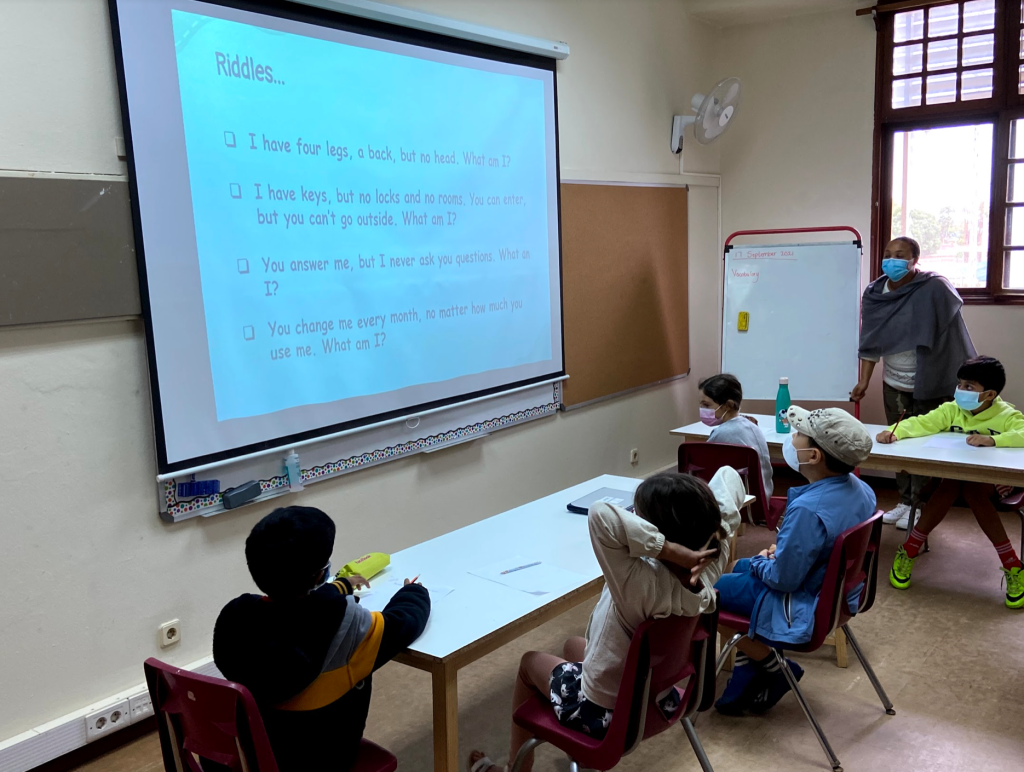


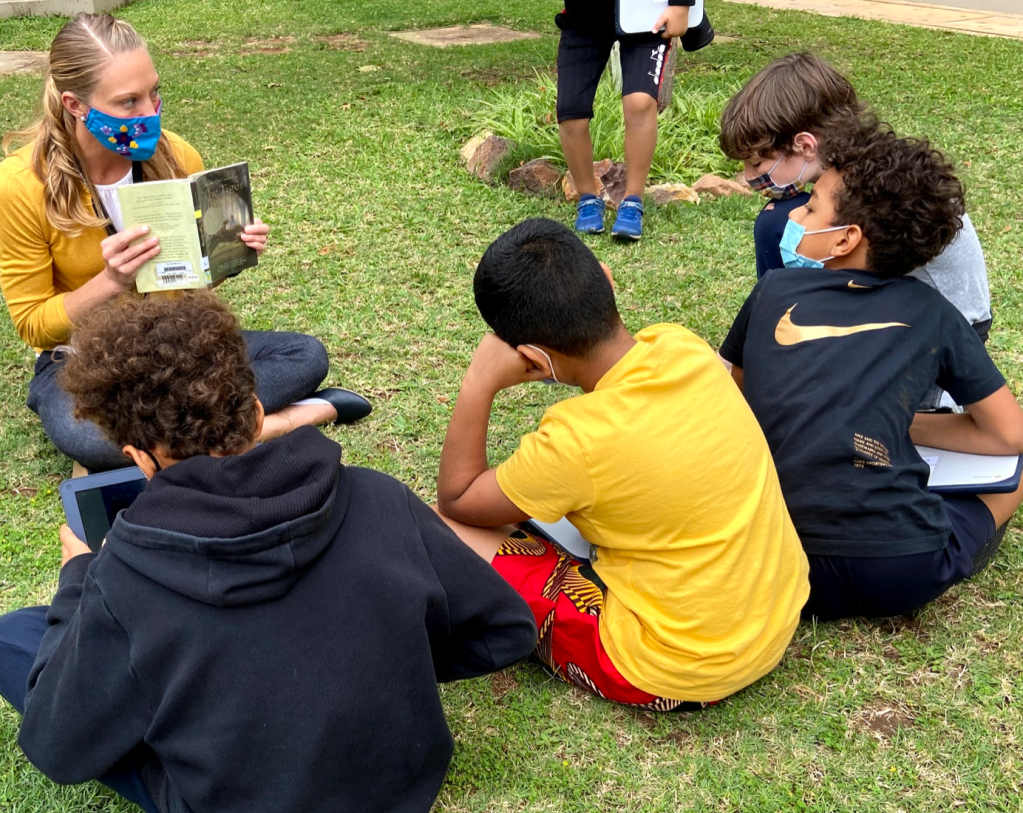
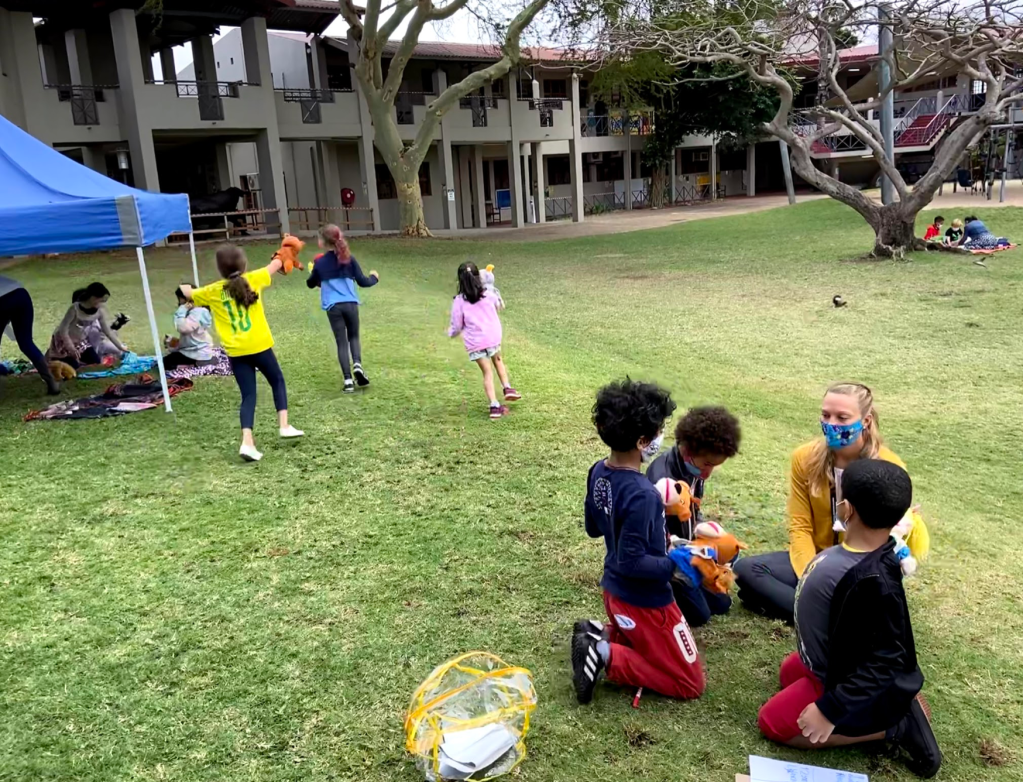











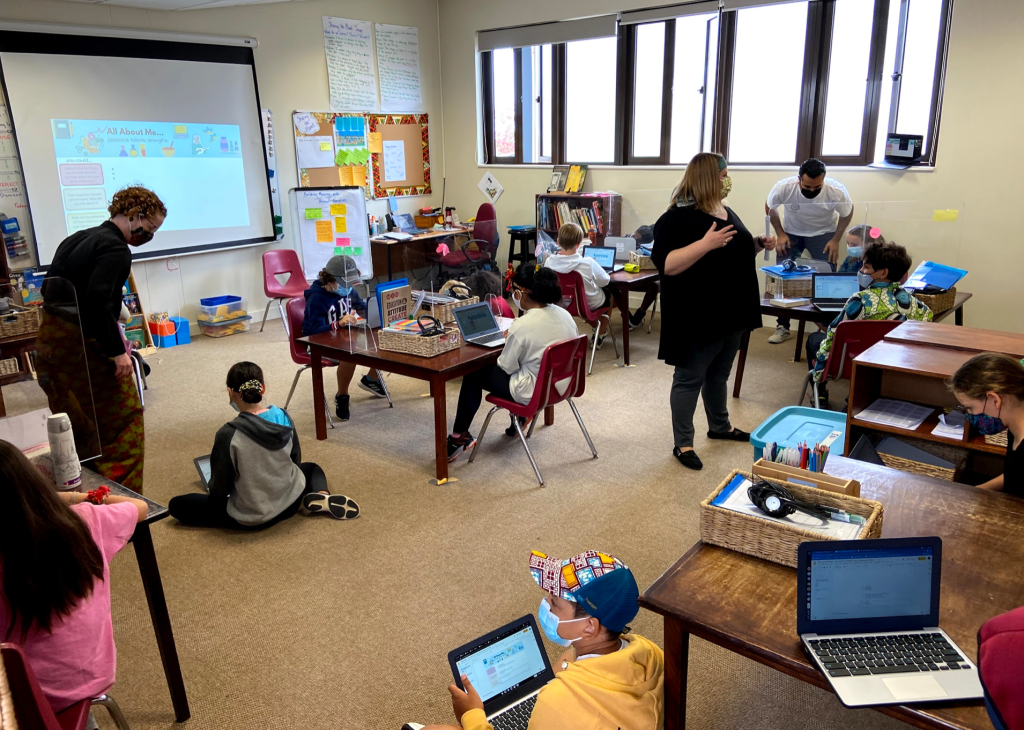
















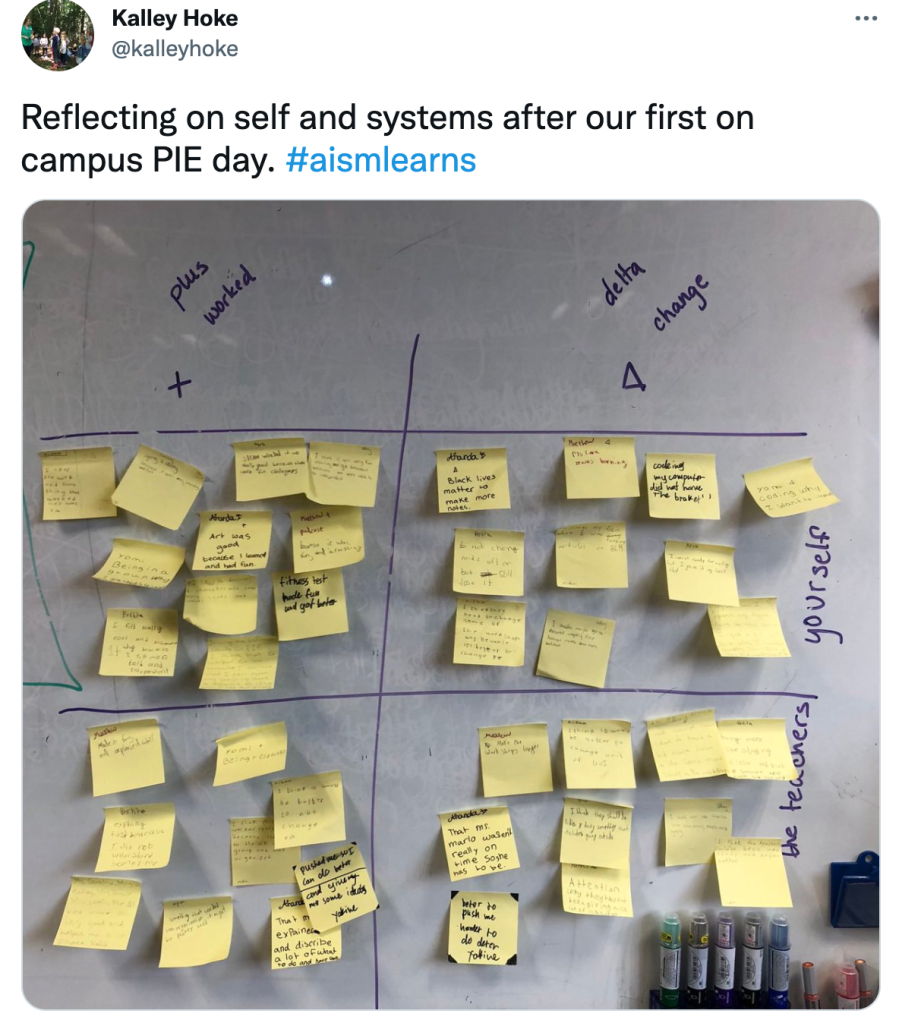



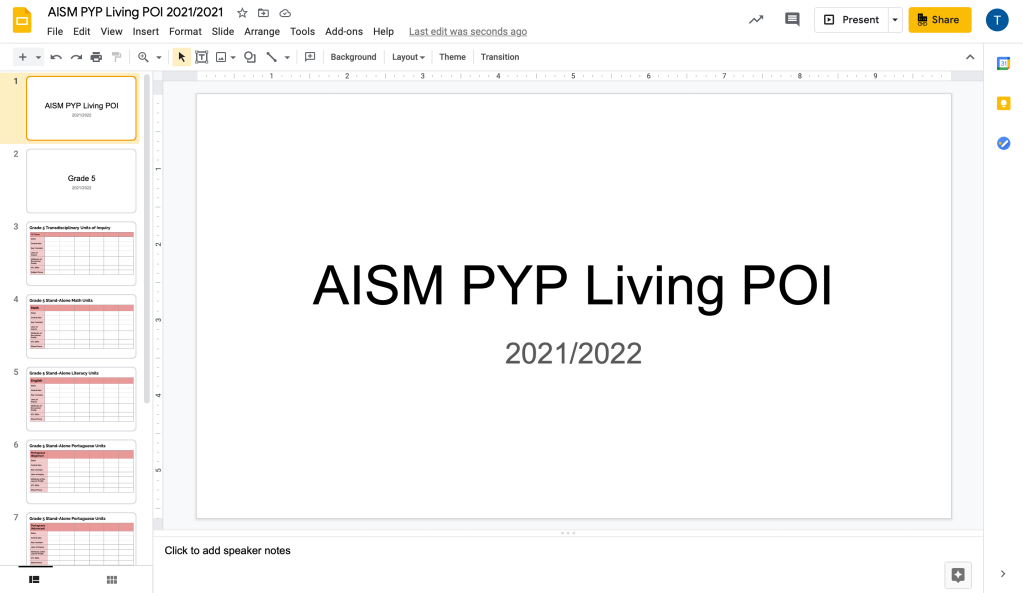
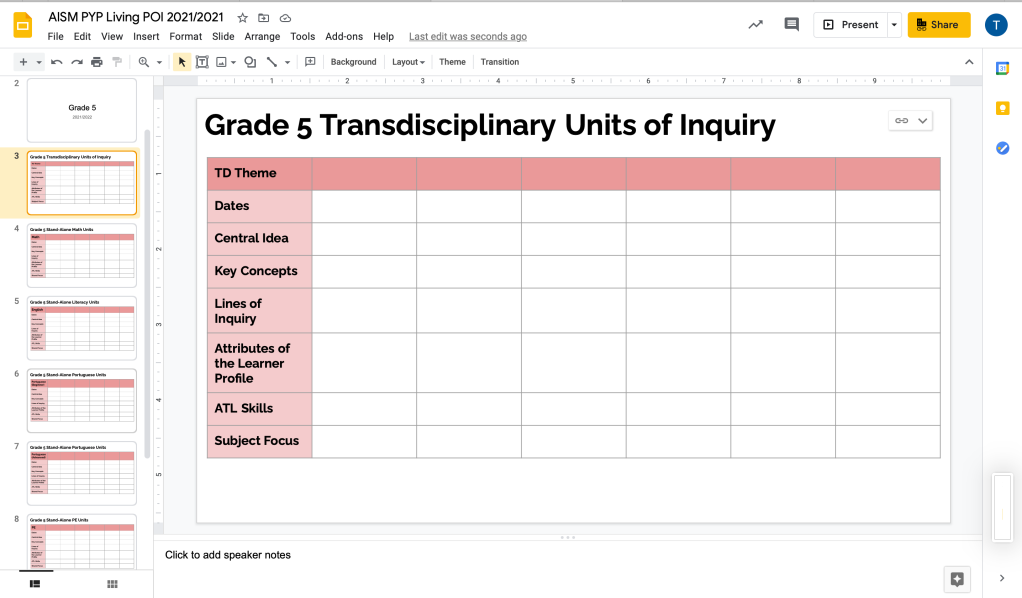
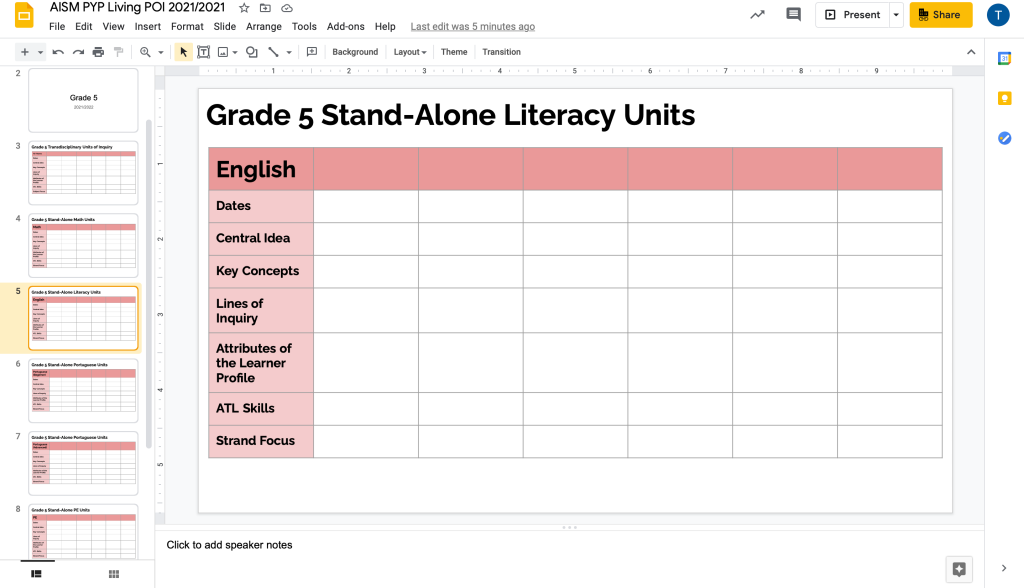
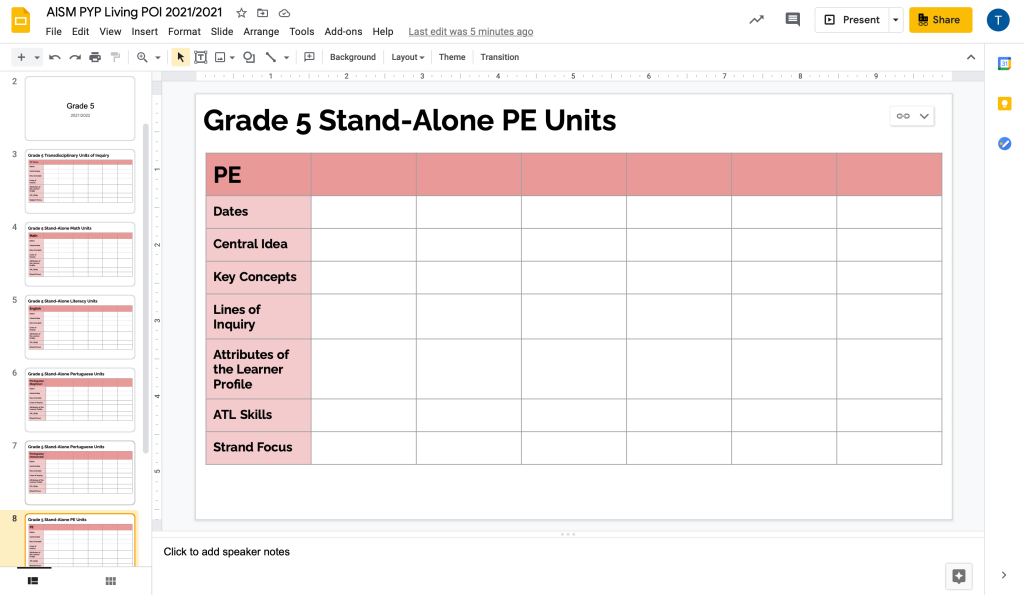
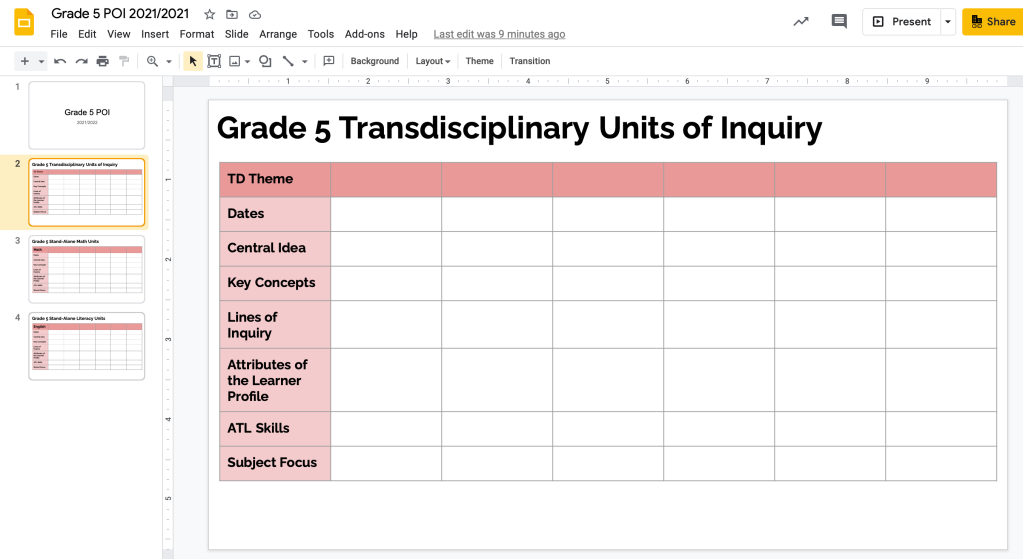
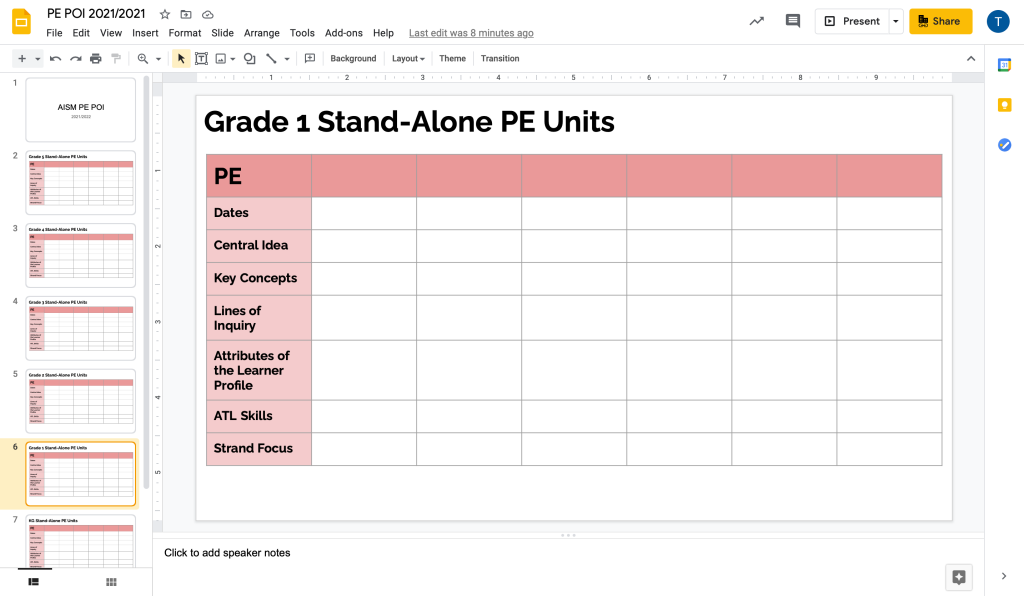

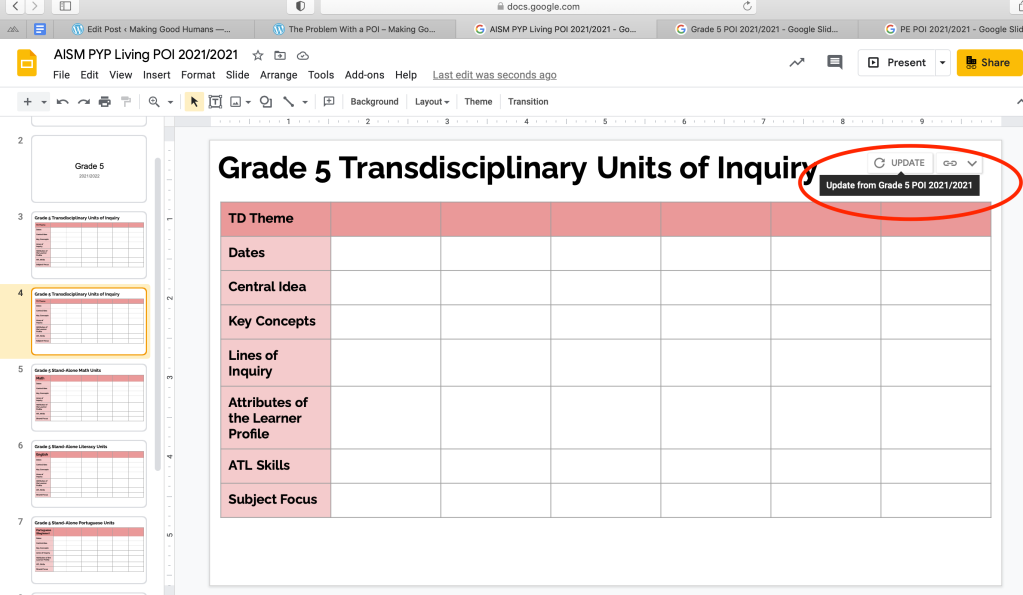
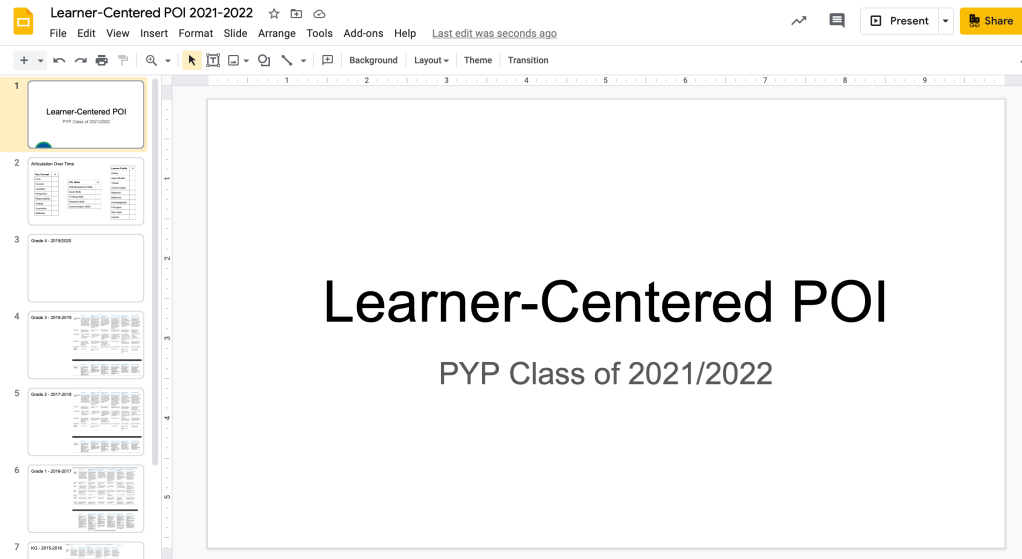
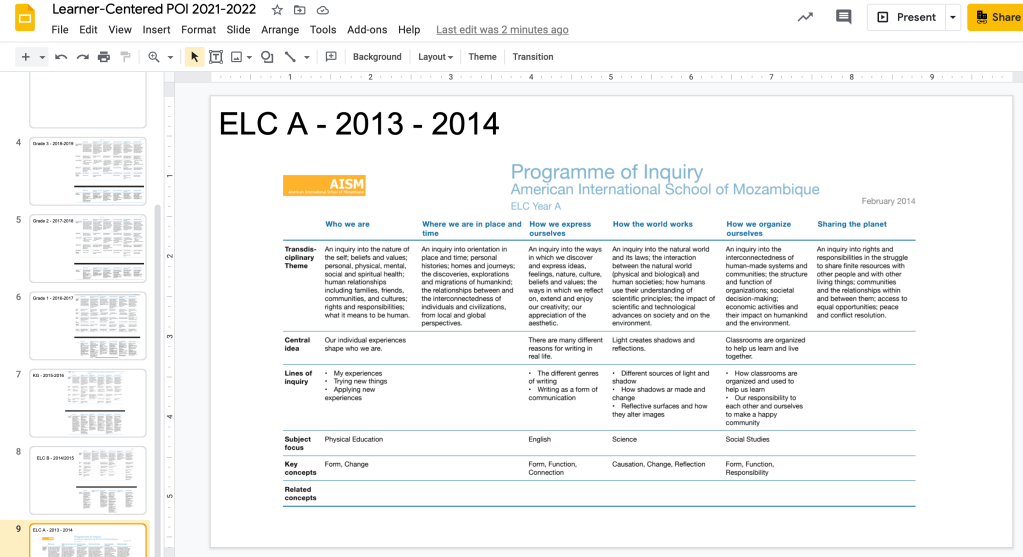
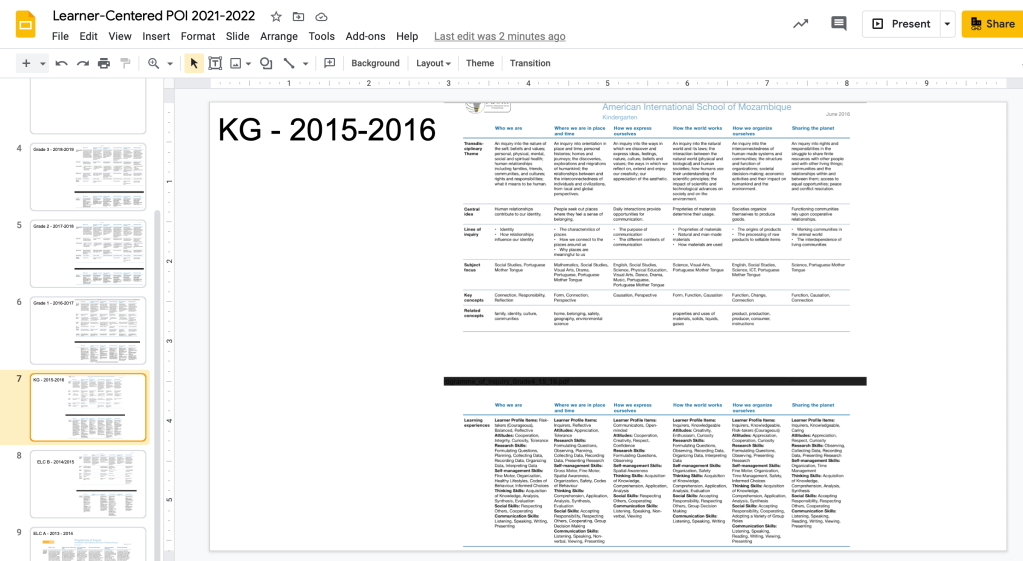
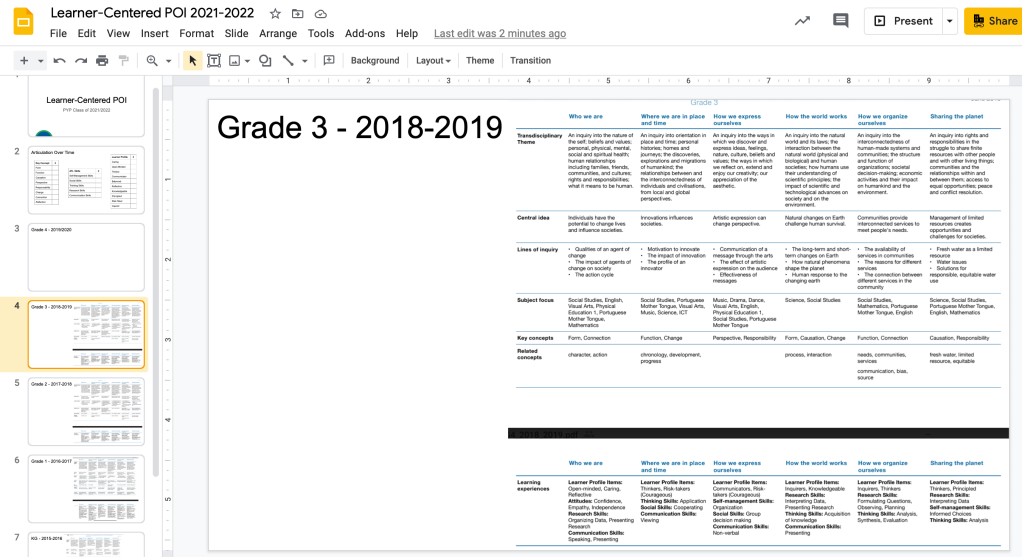
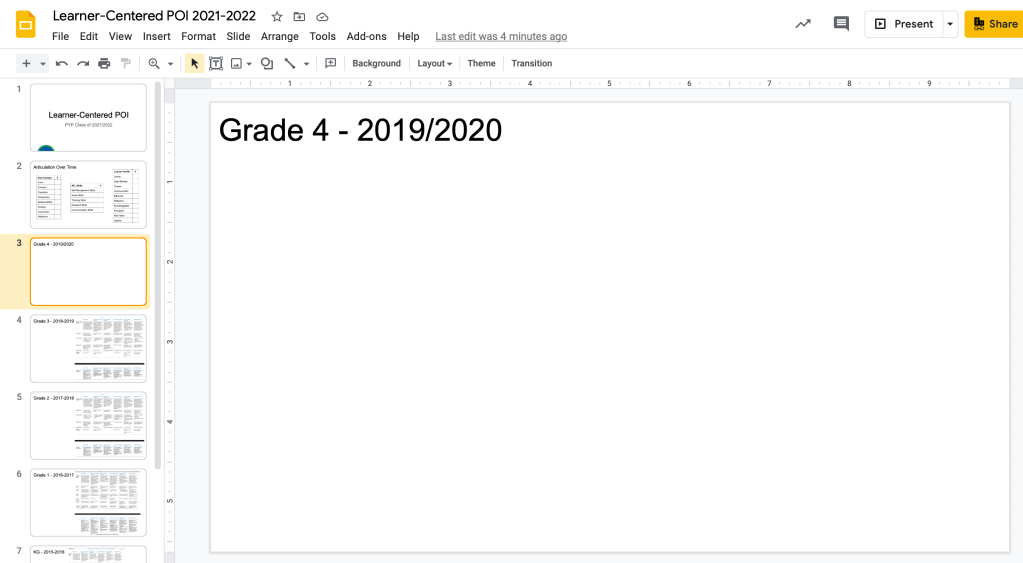
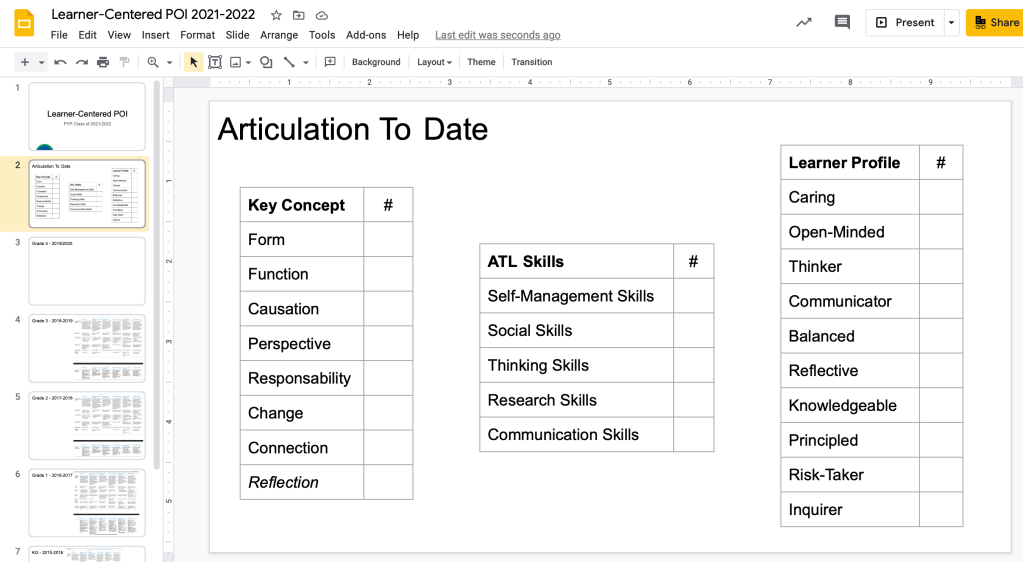
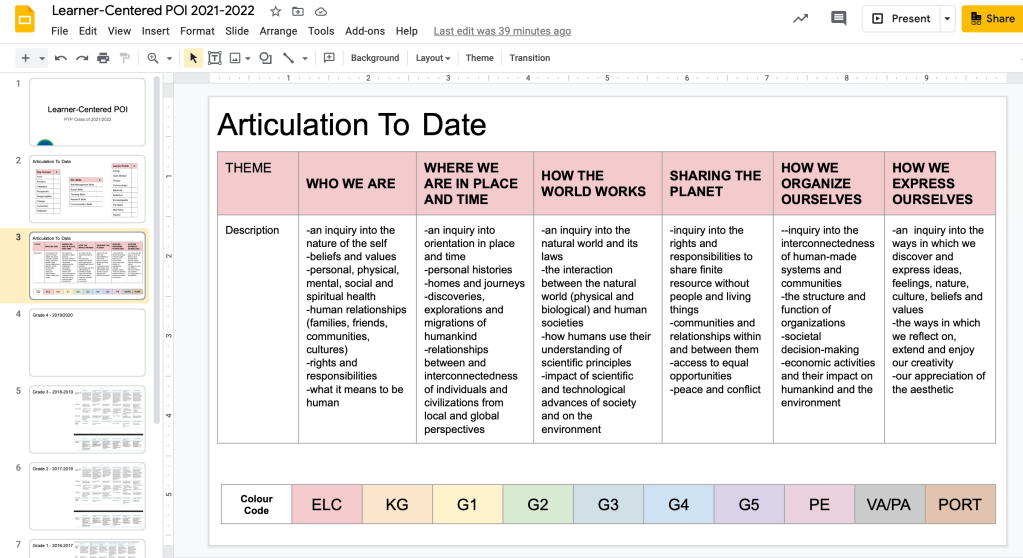




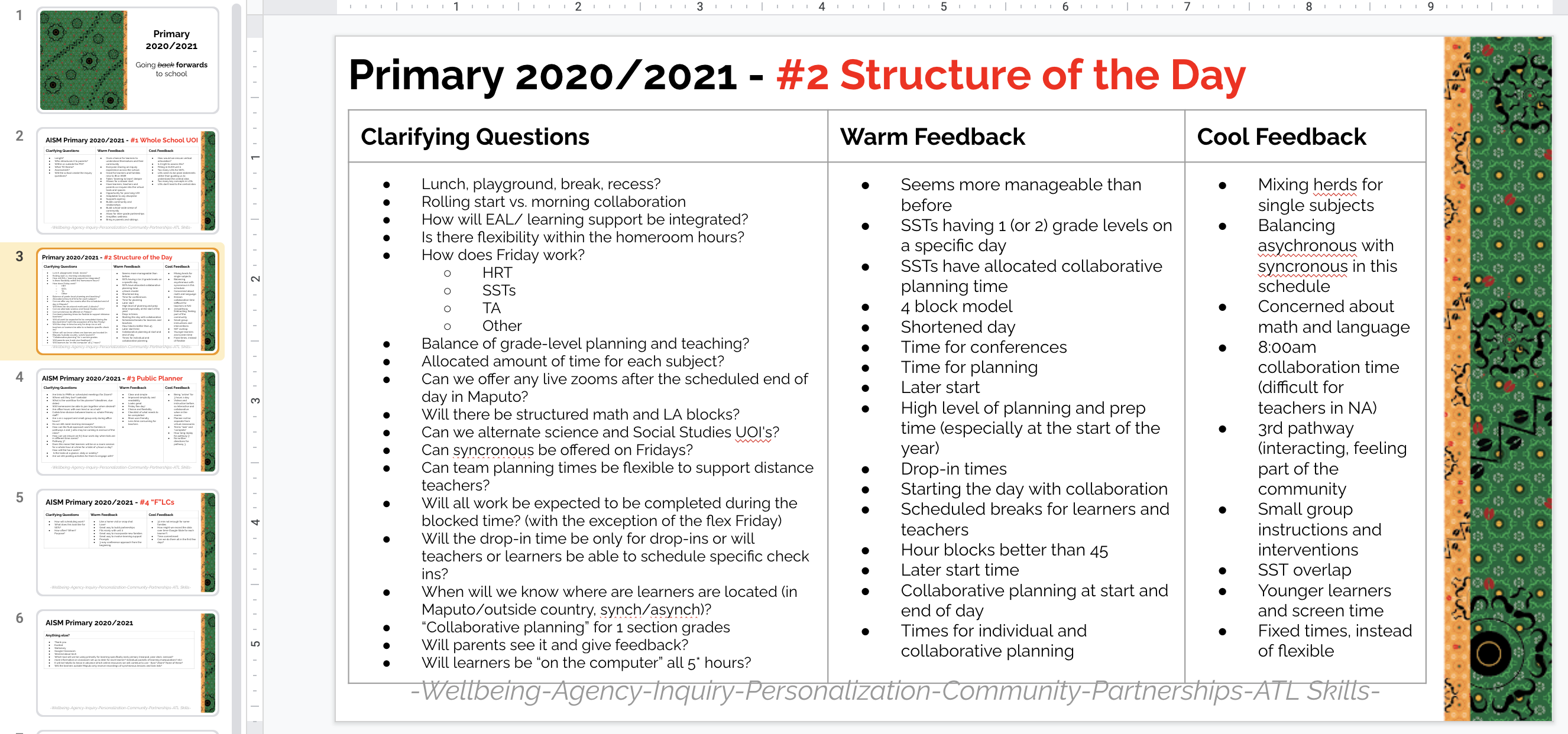




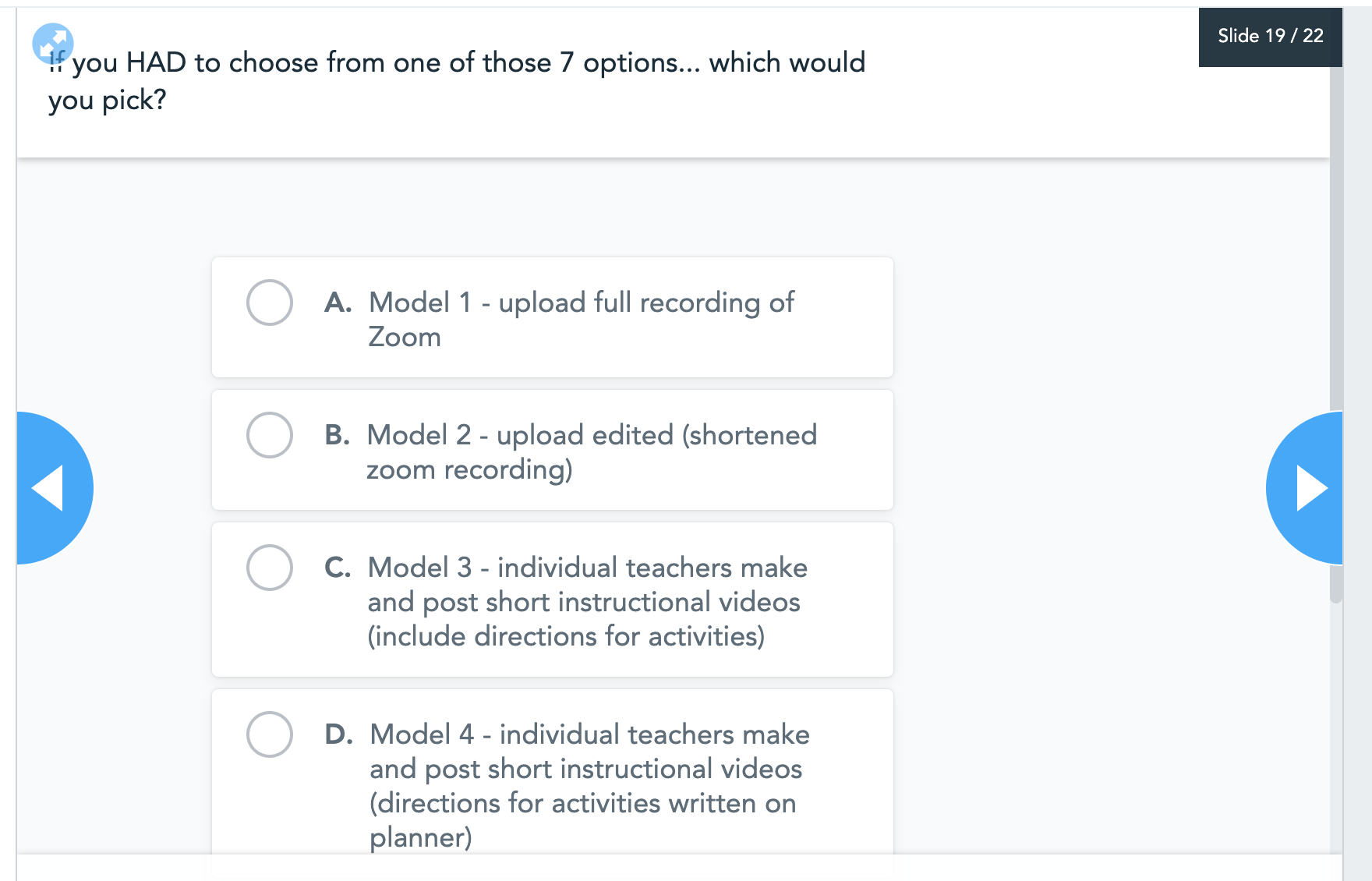










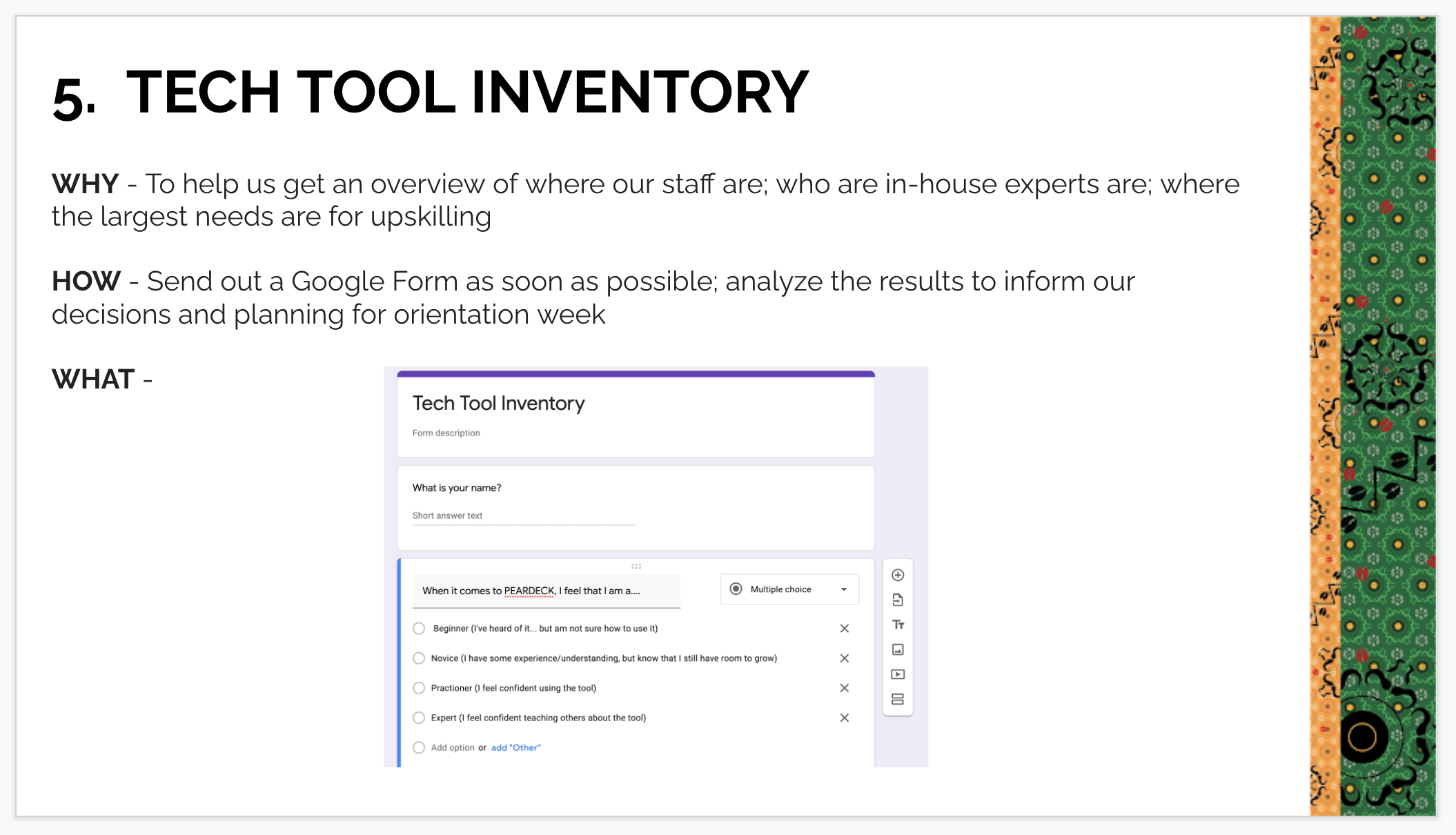



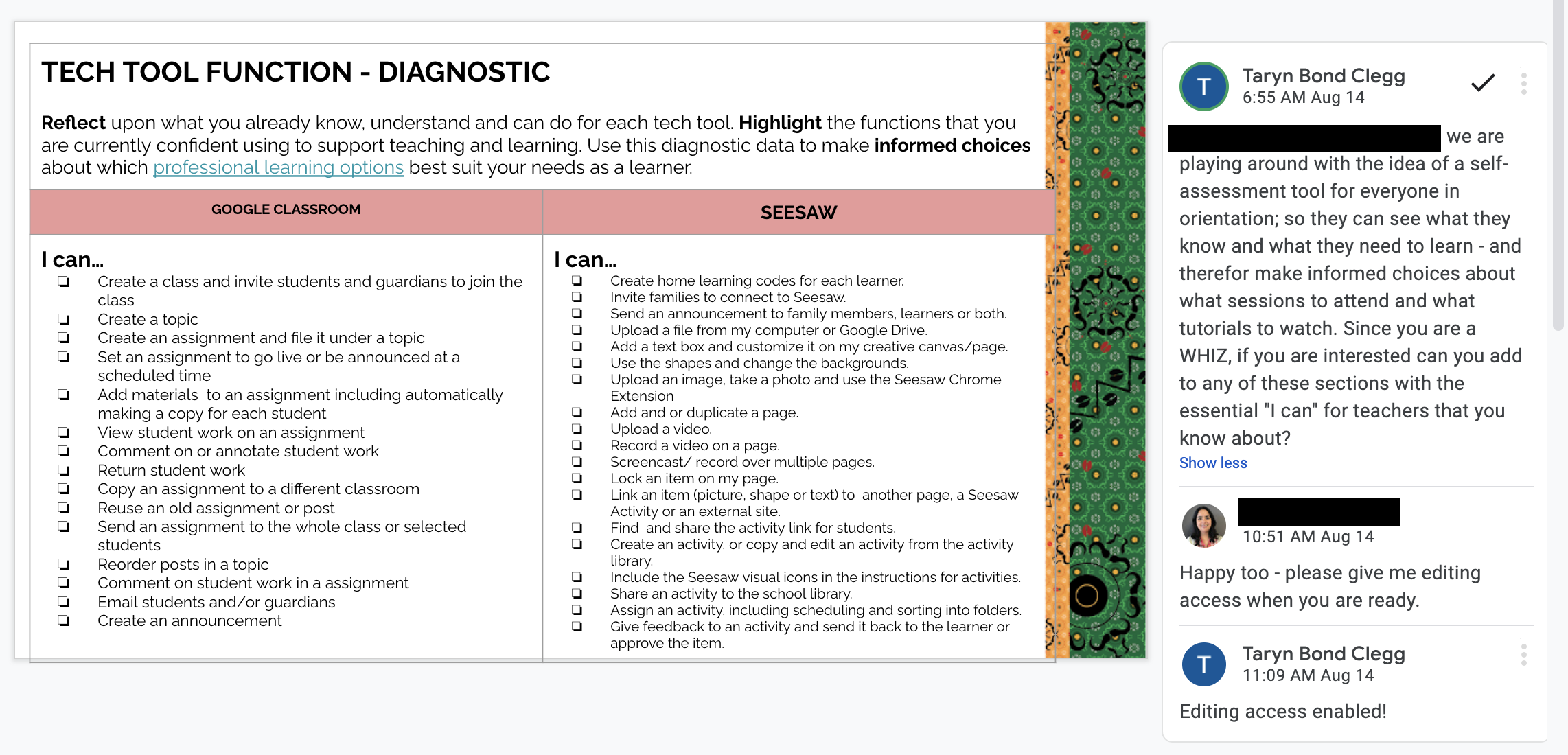












 .
.































